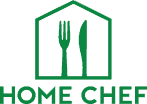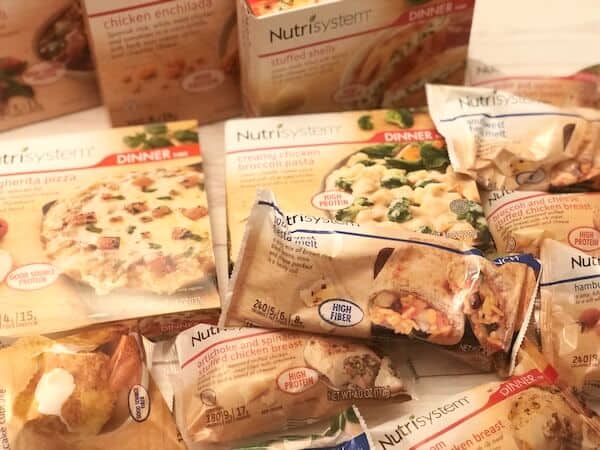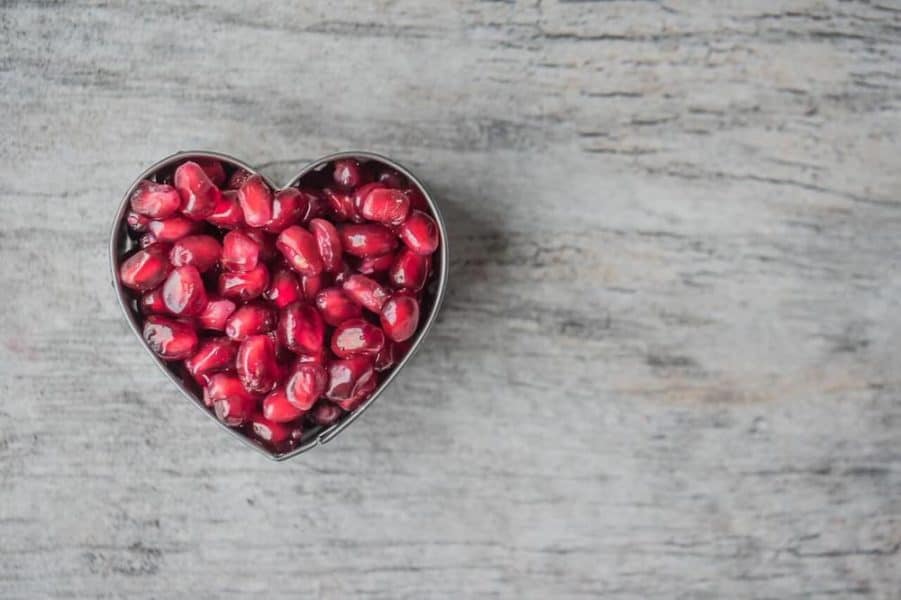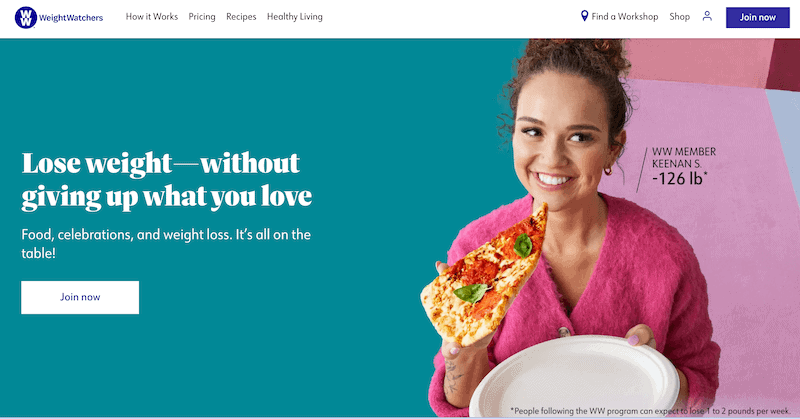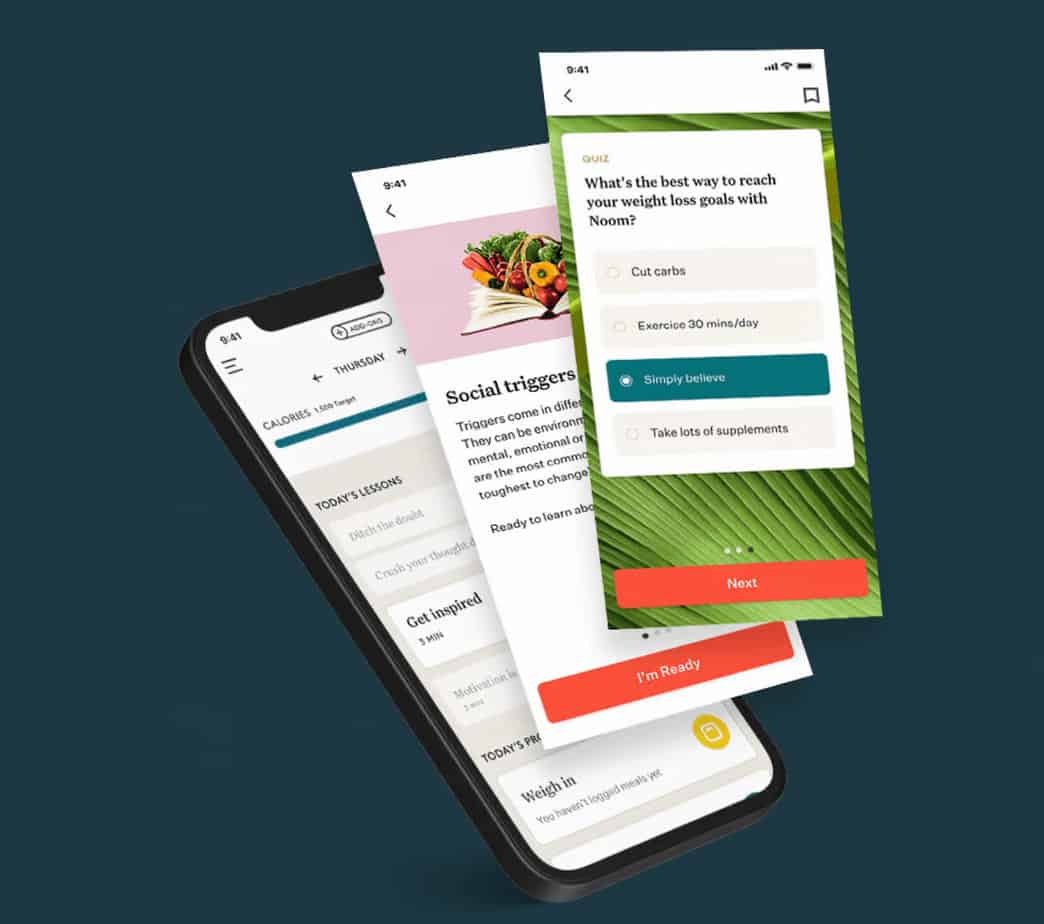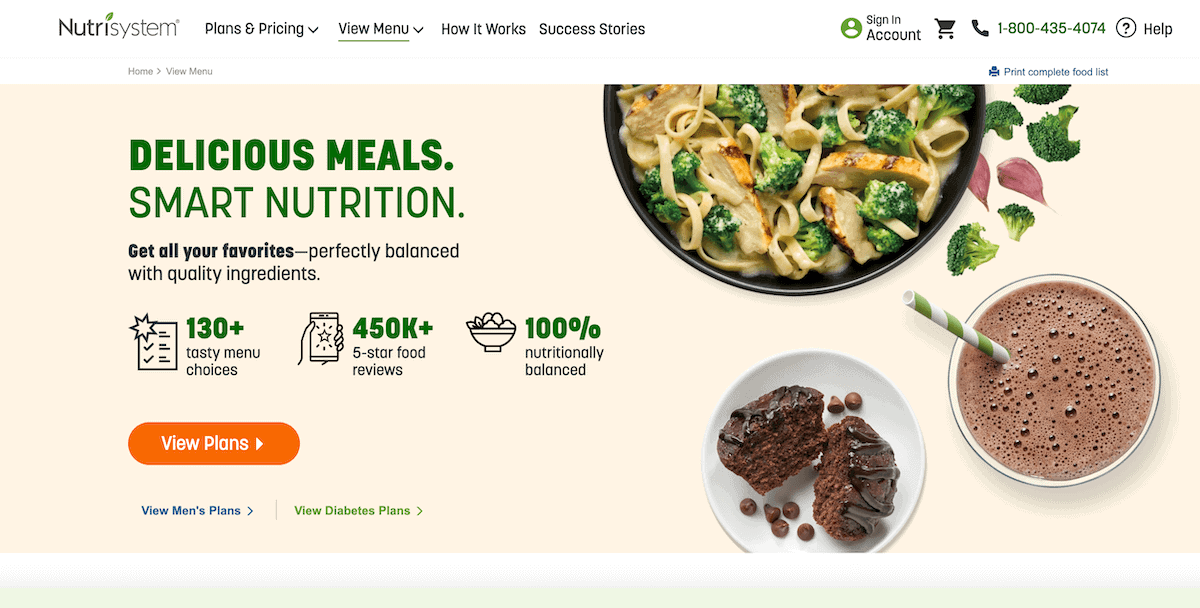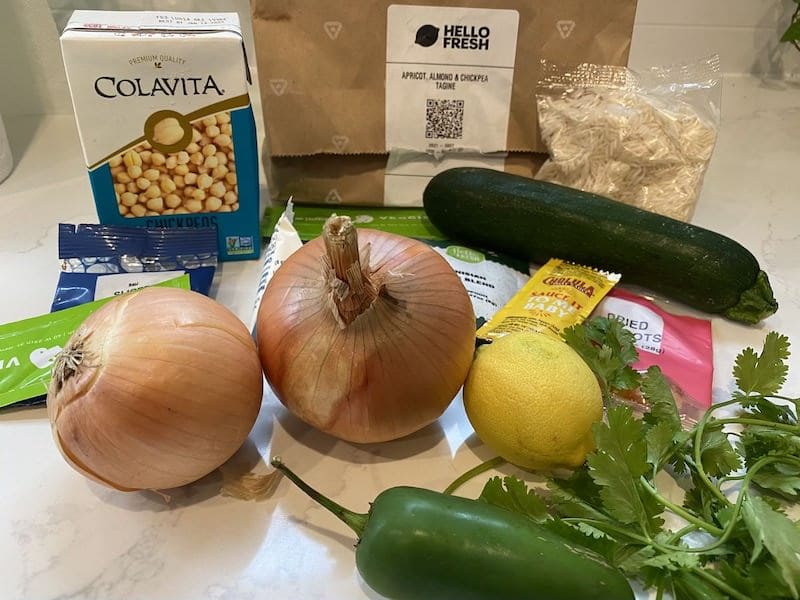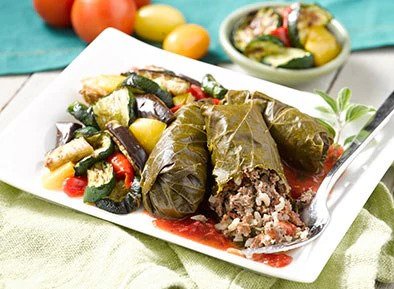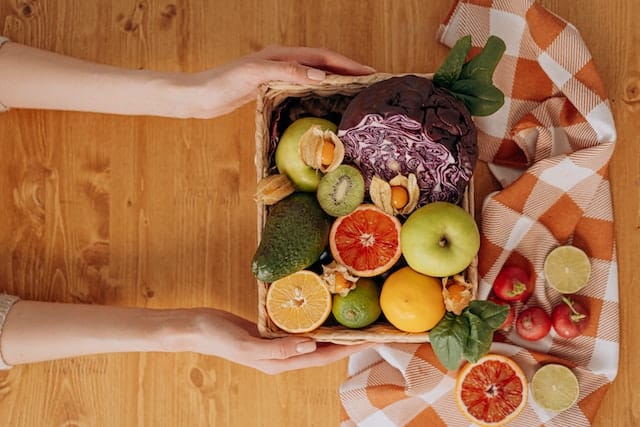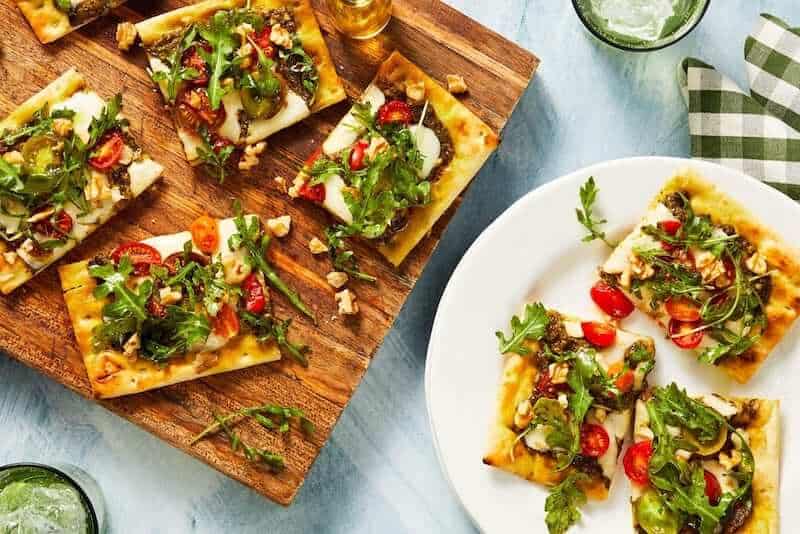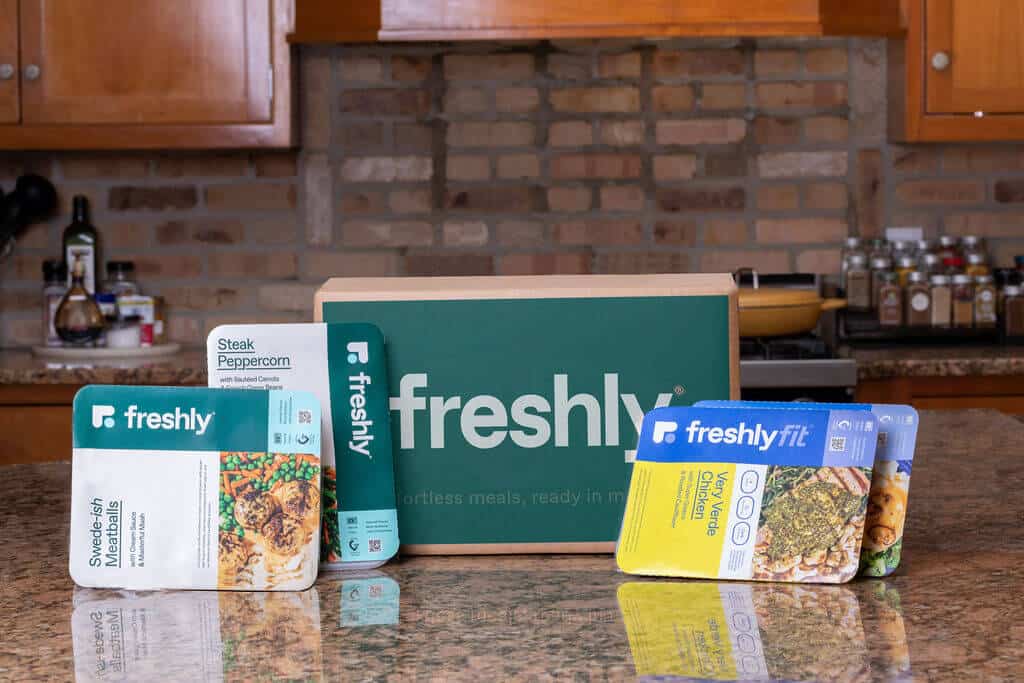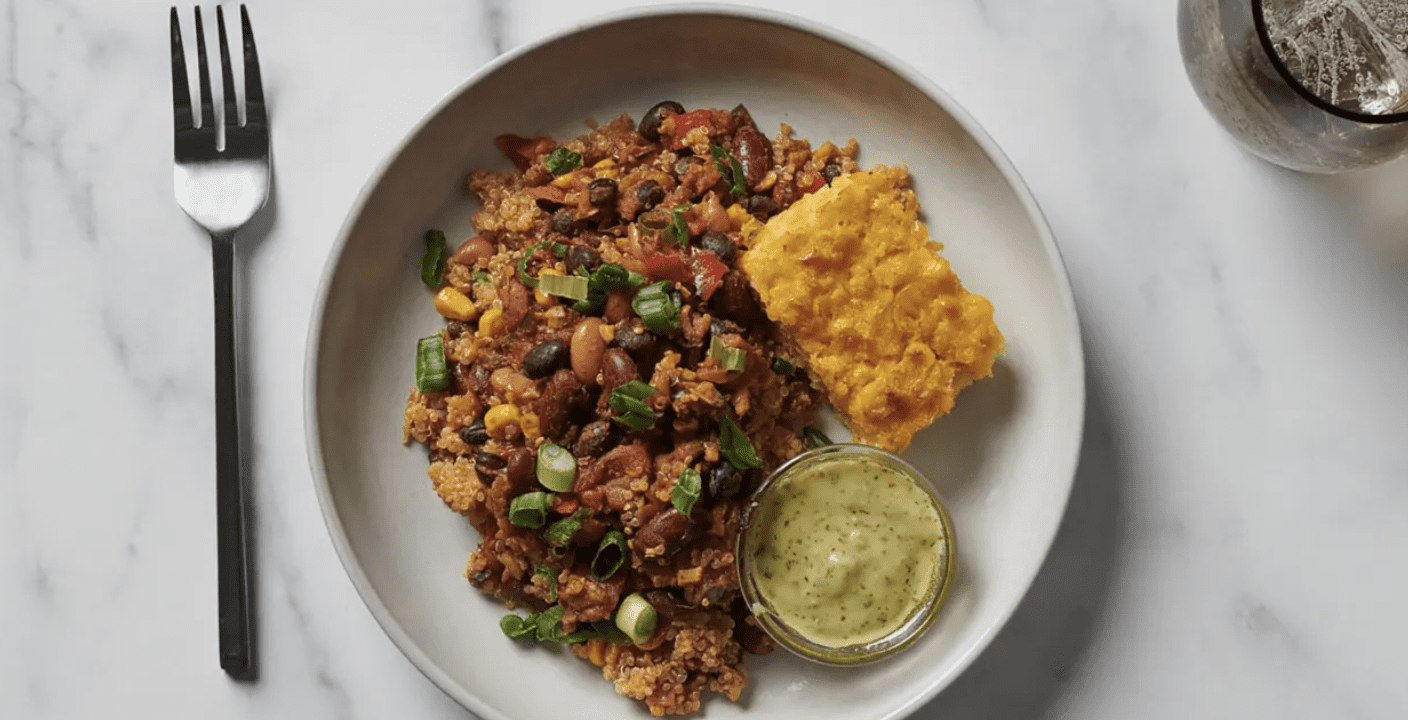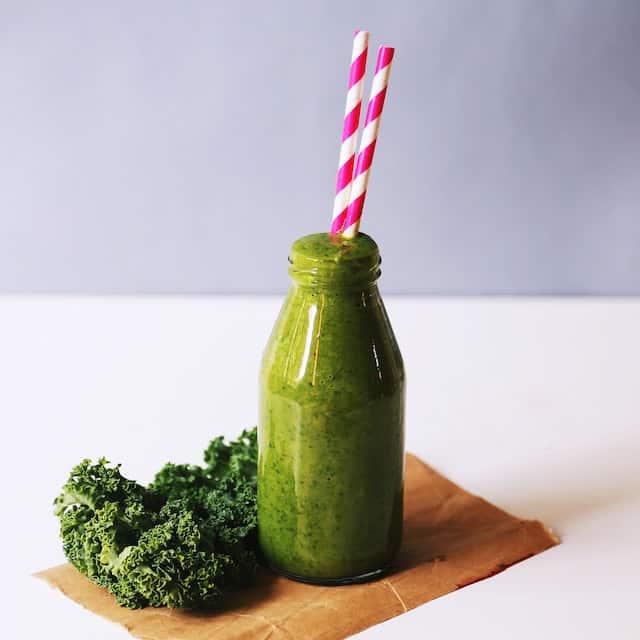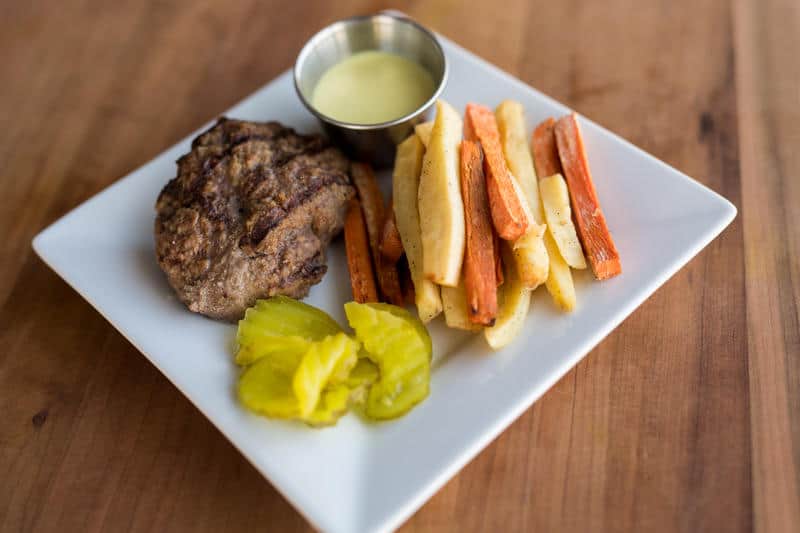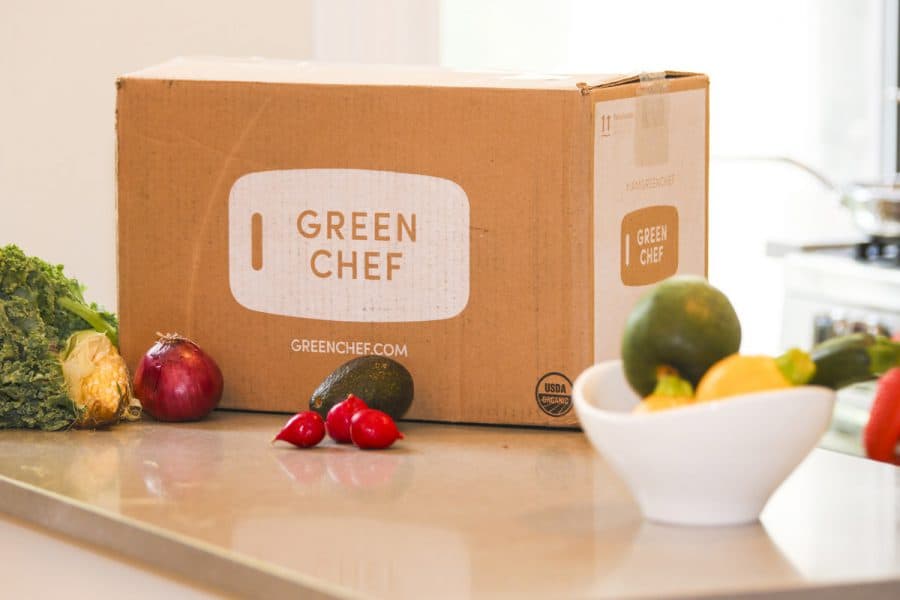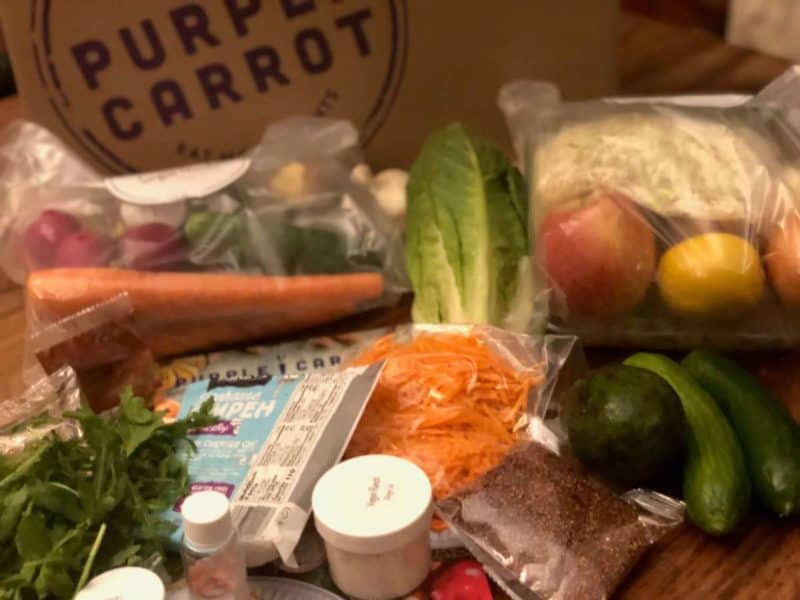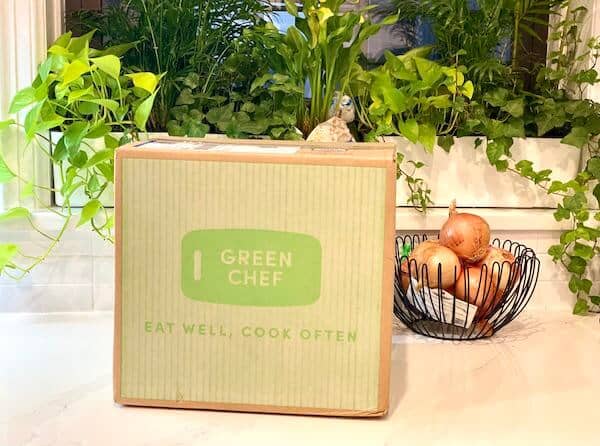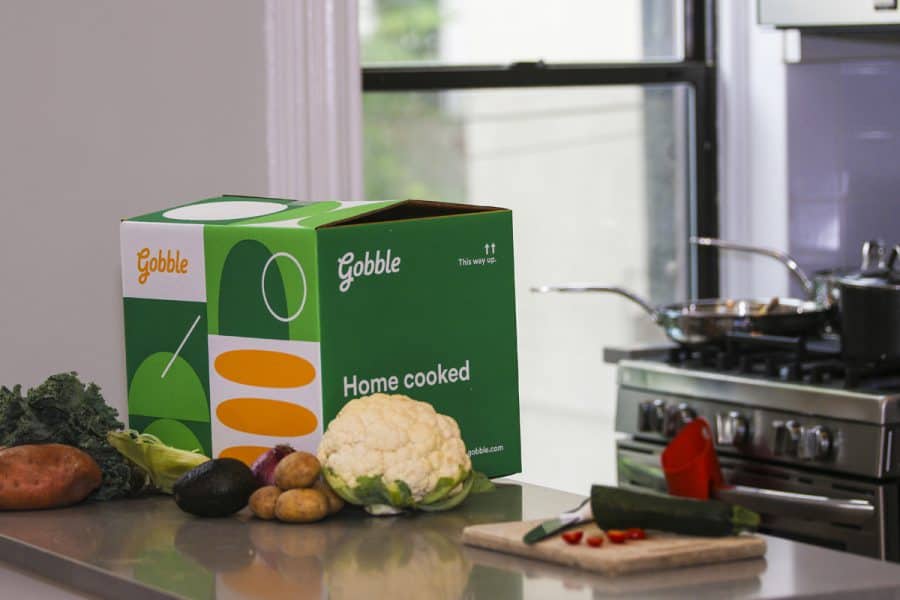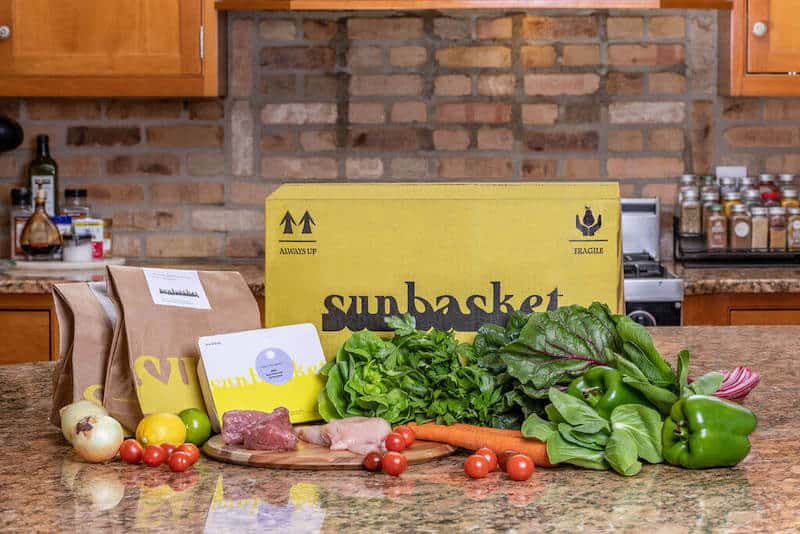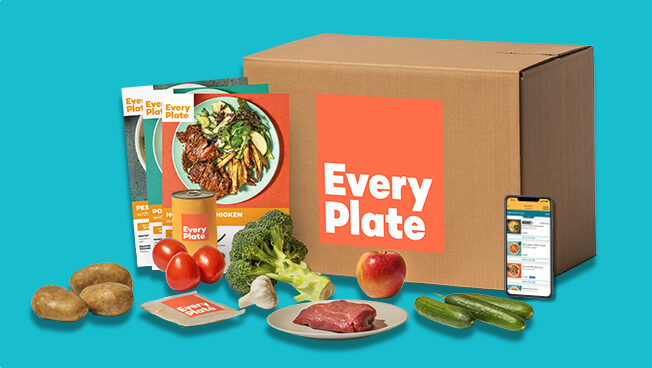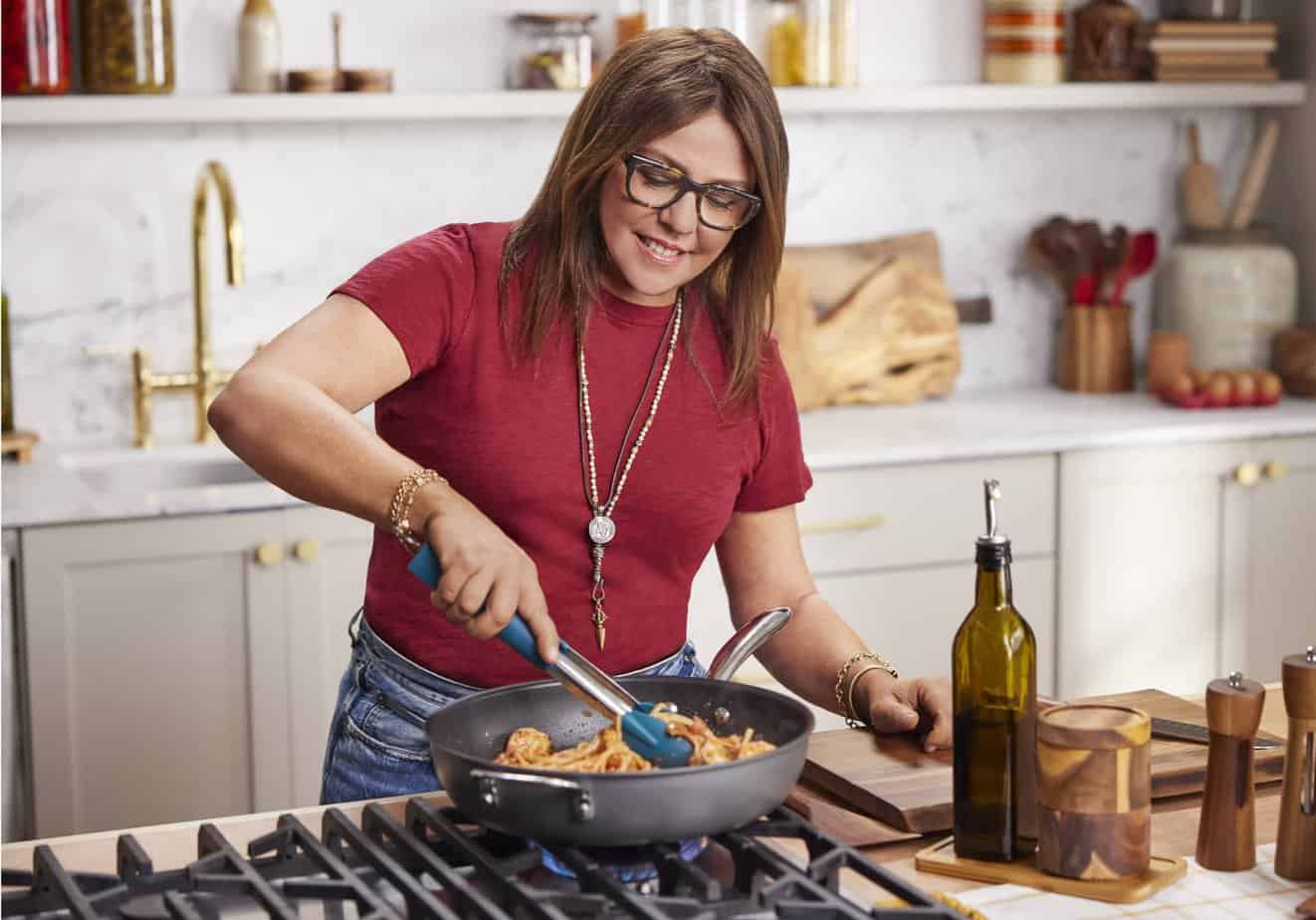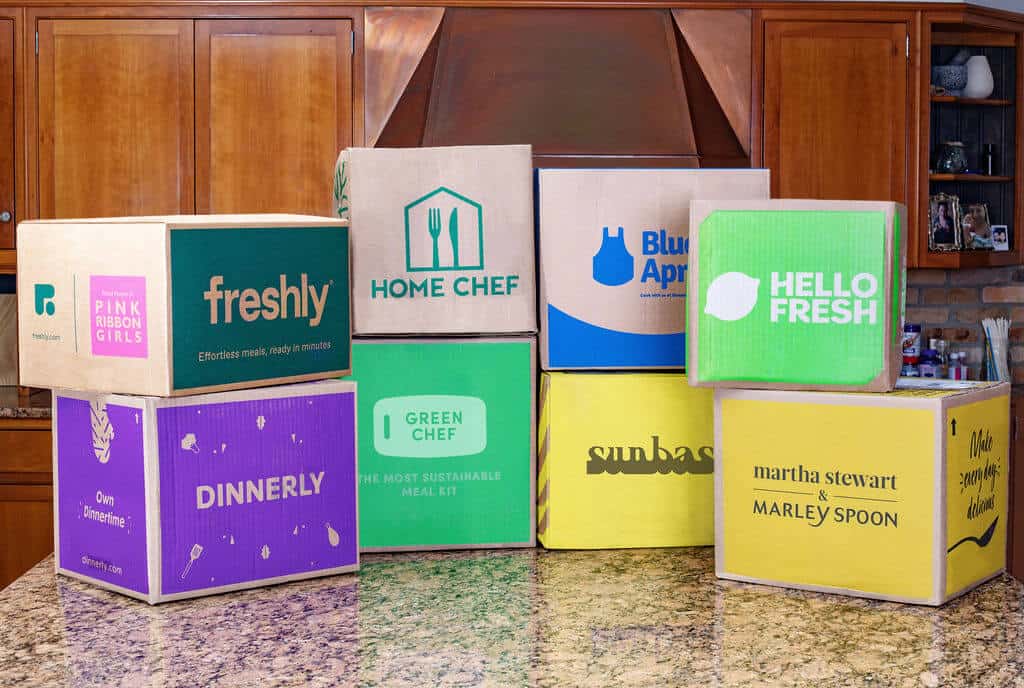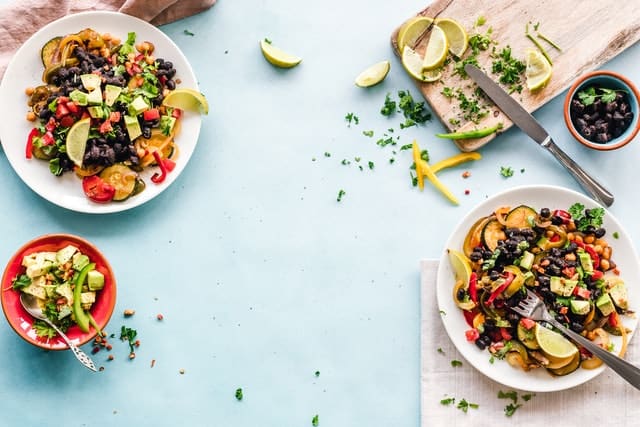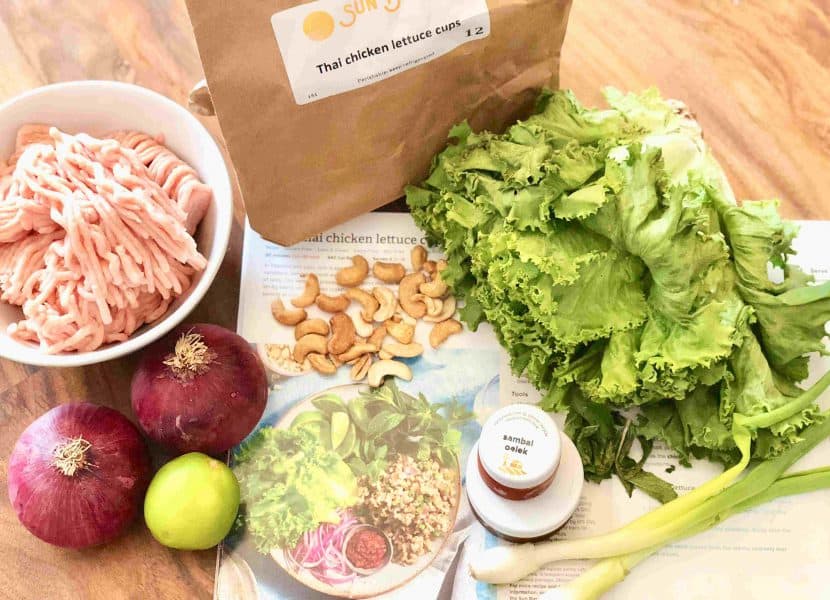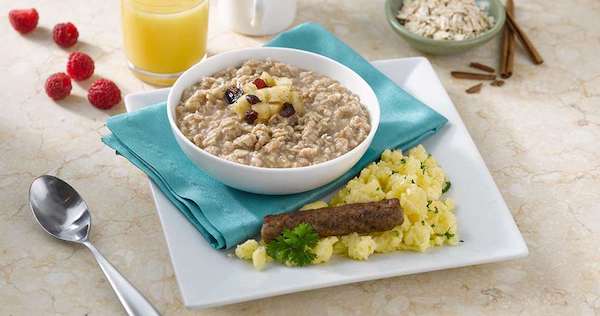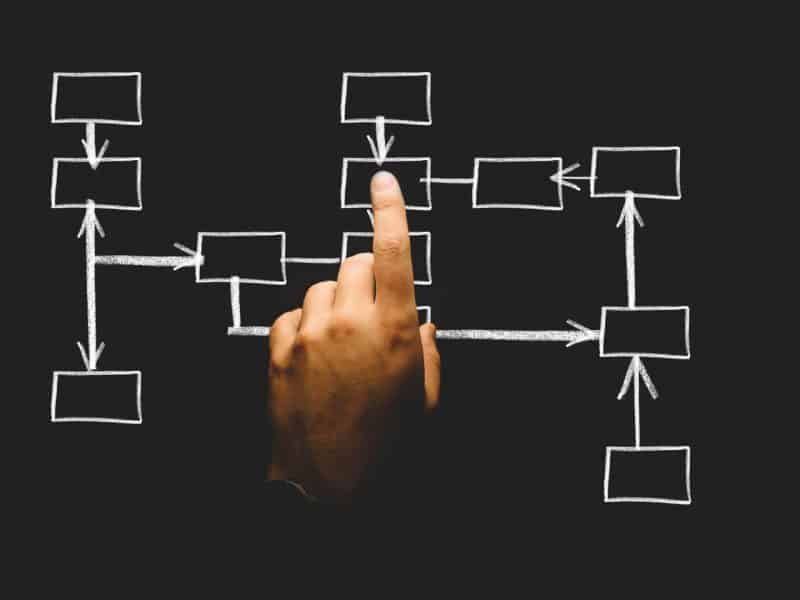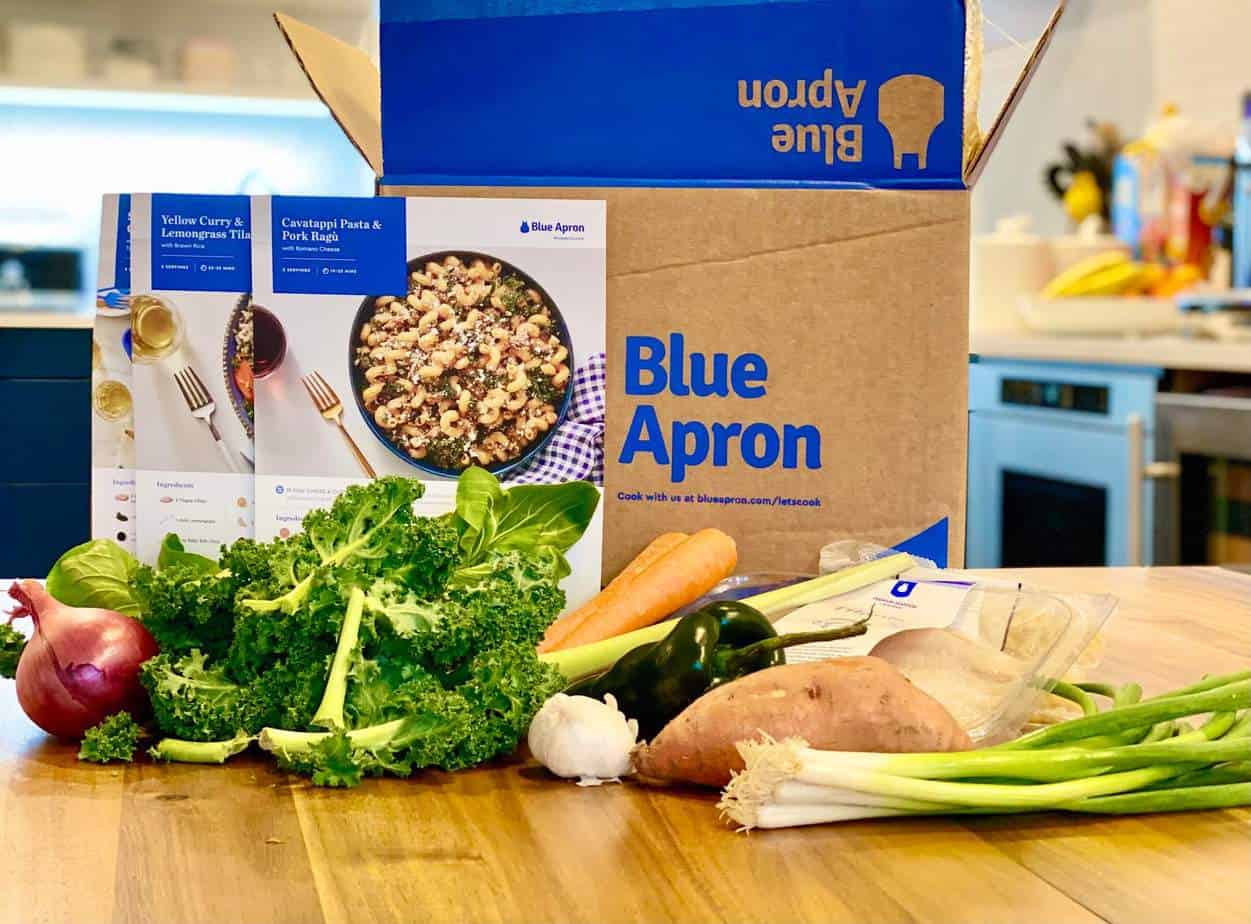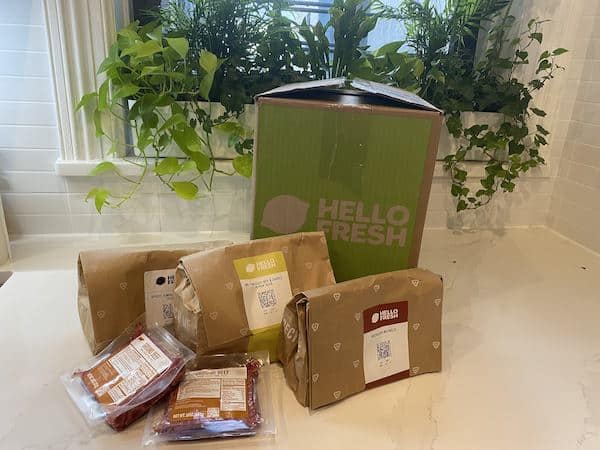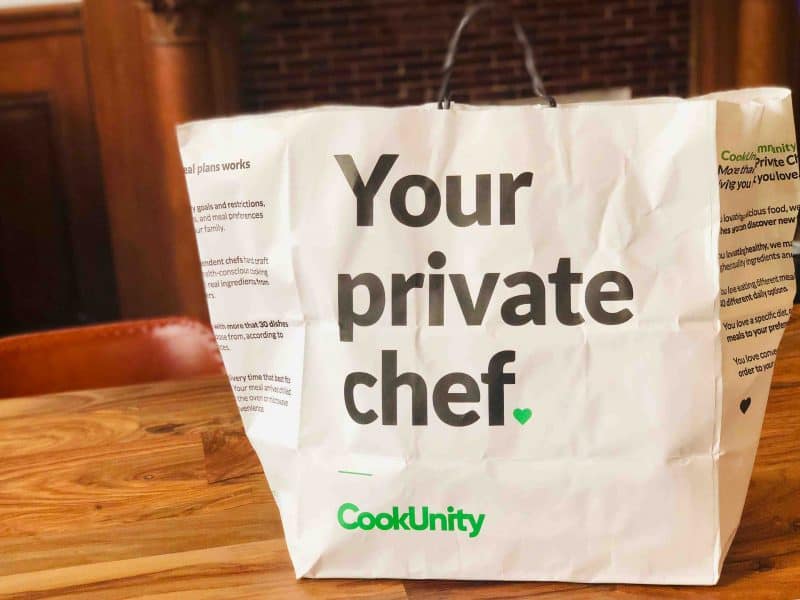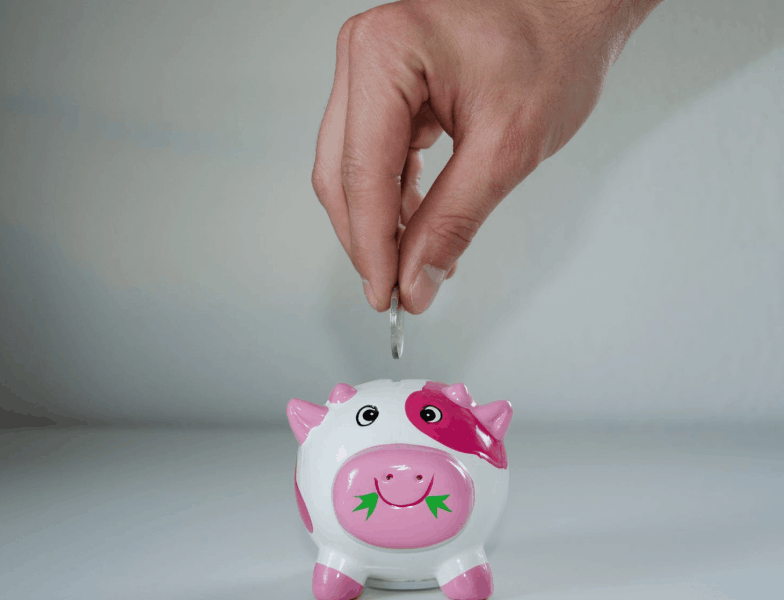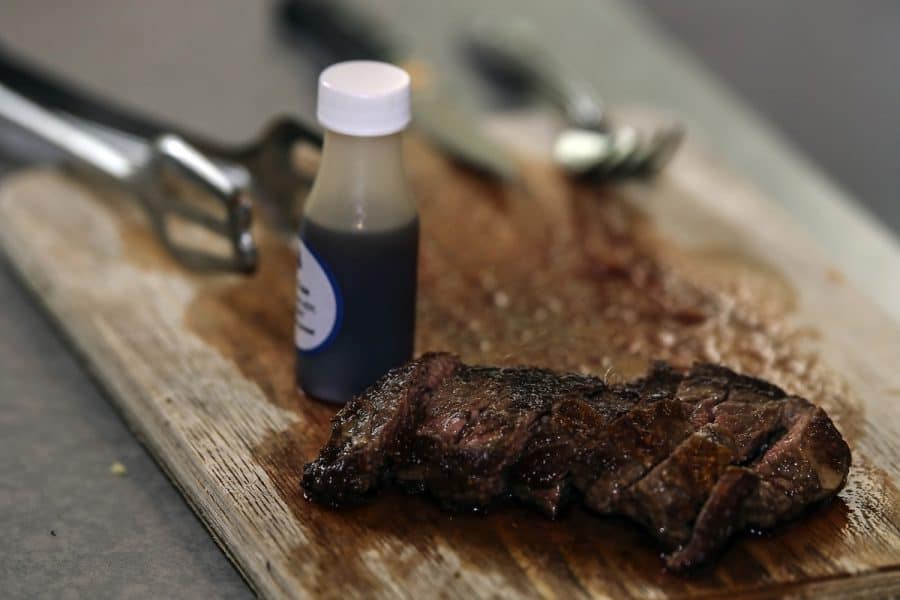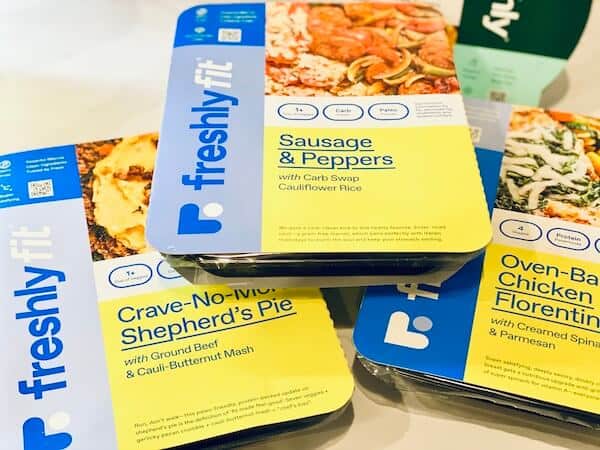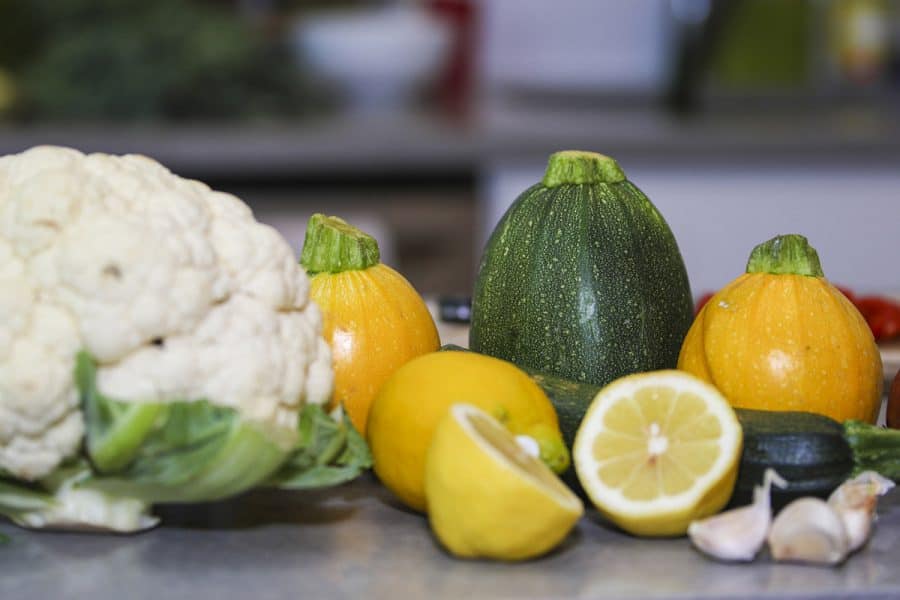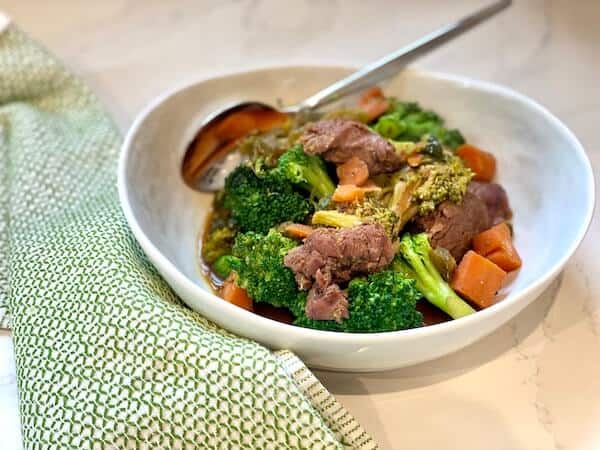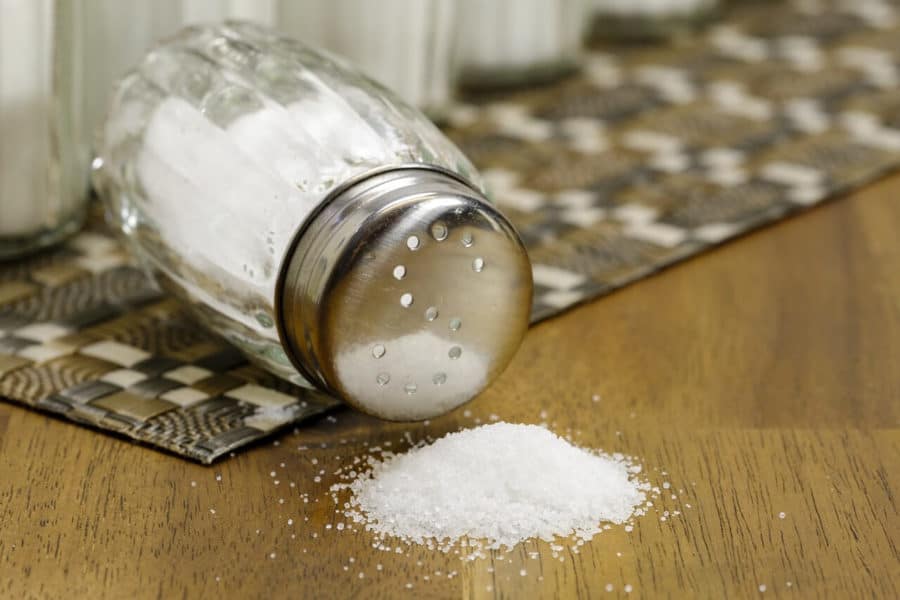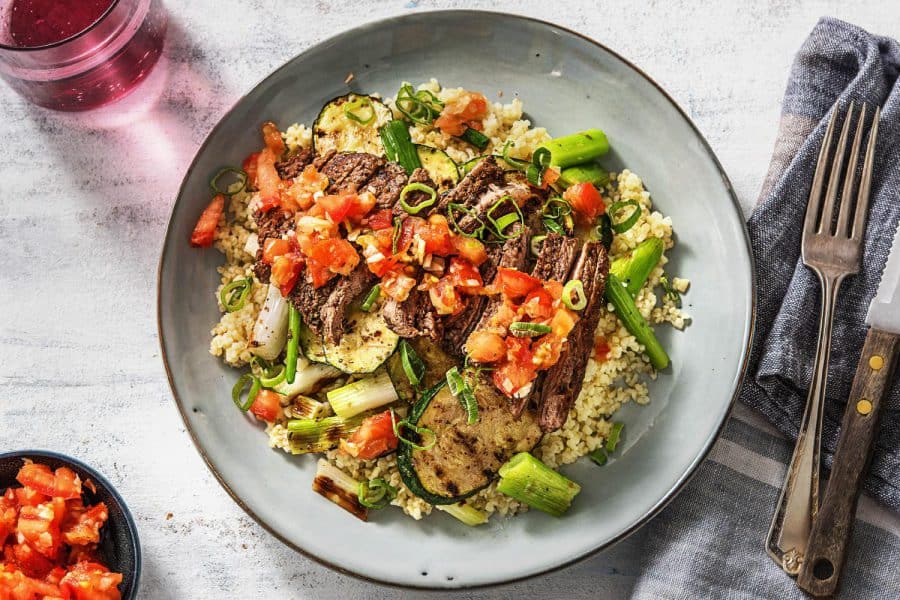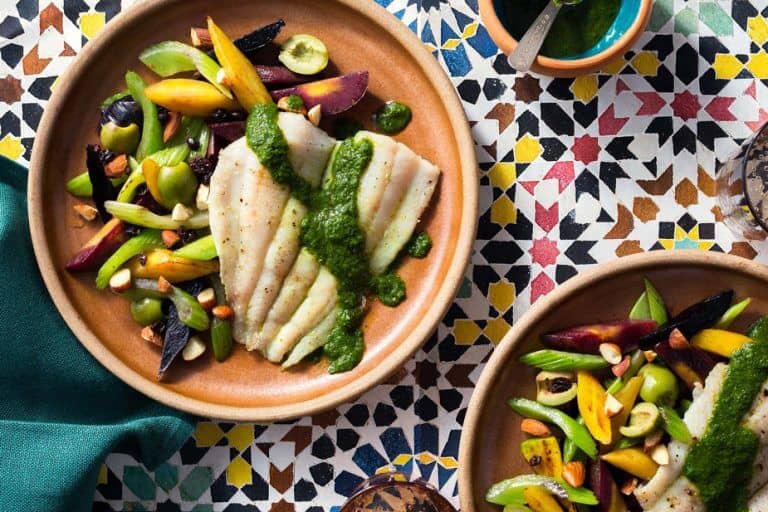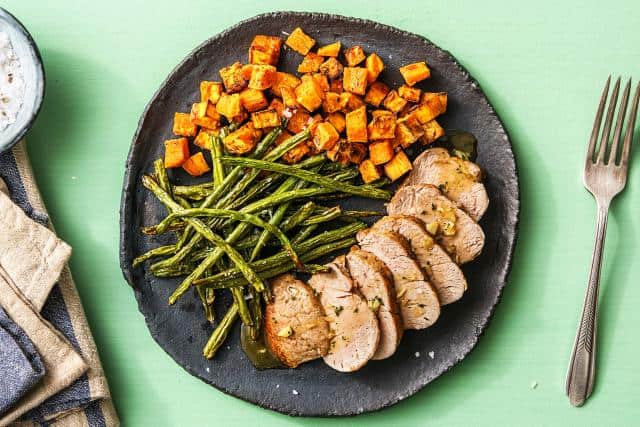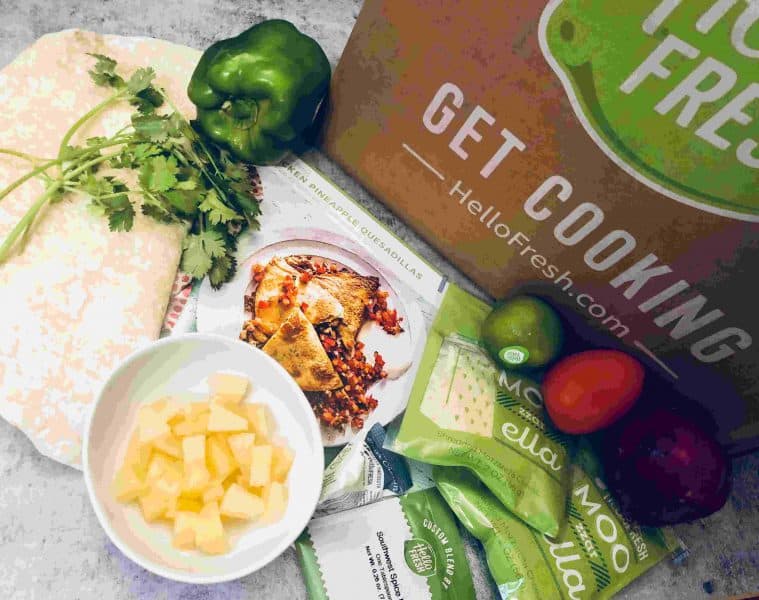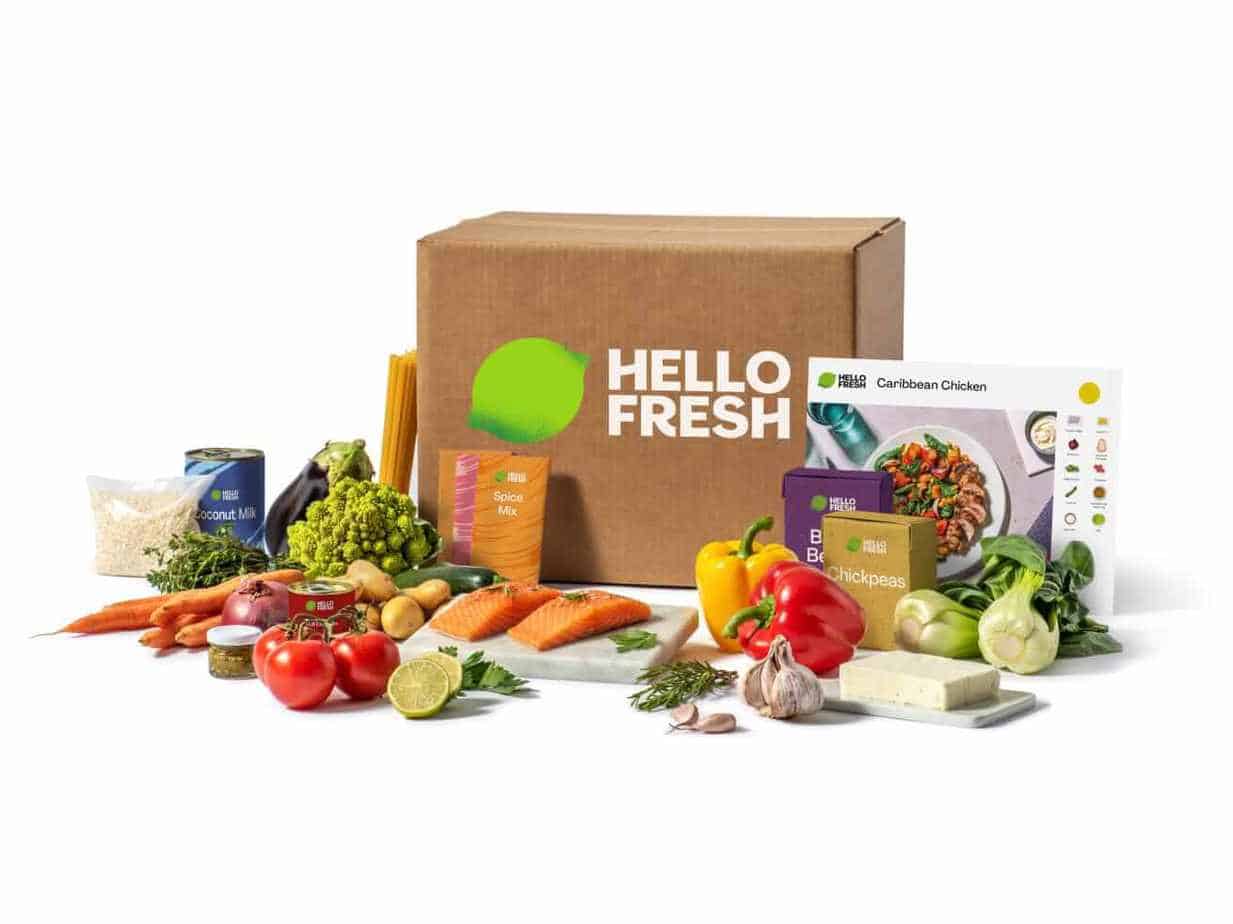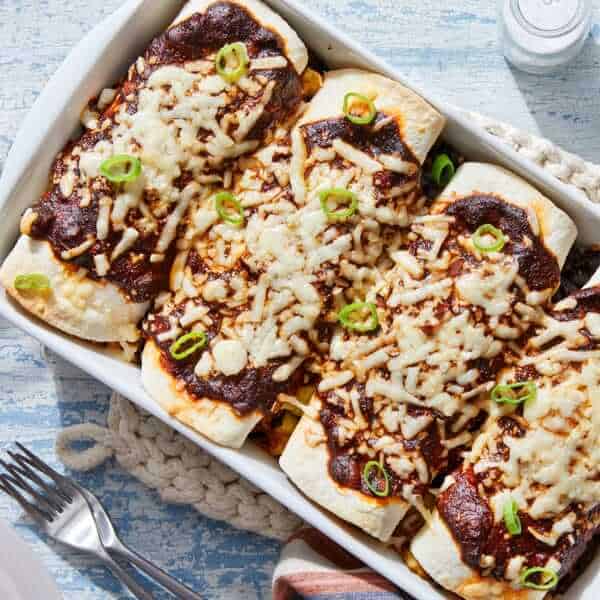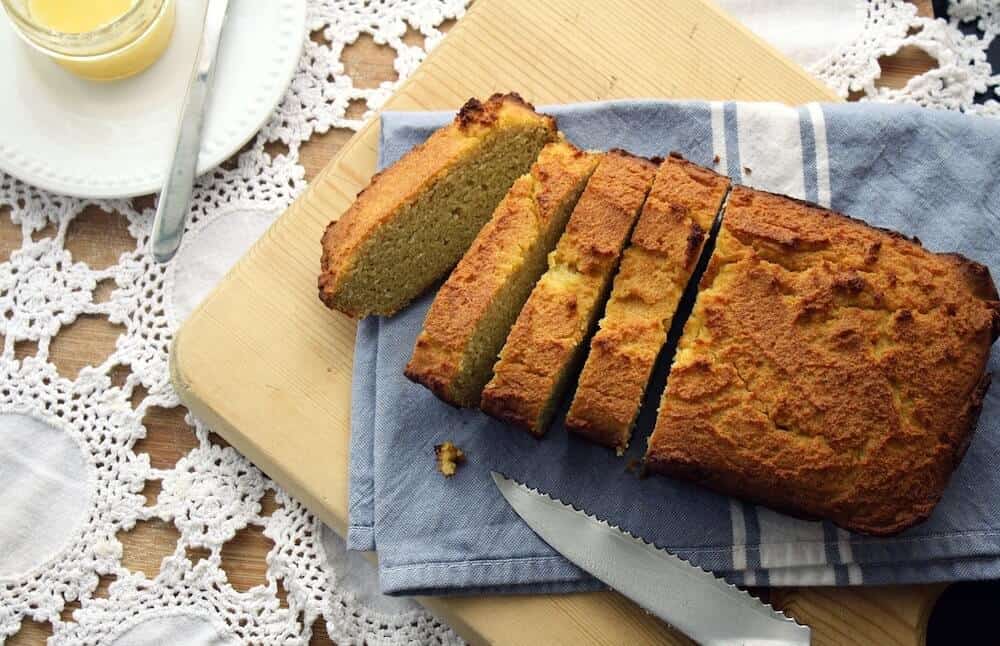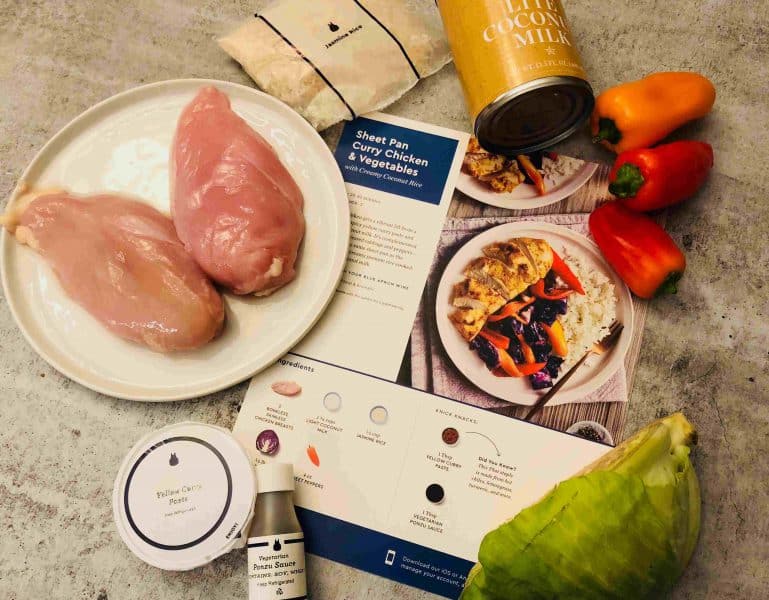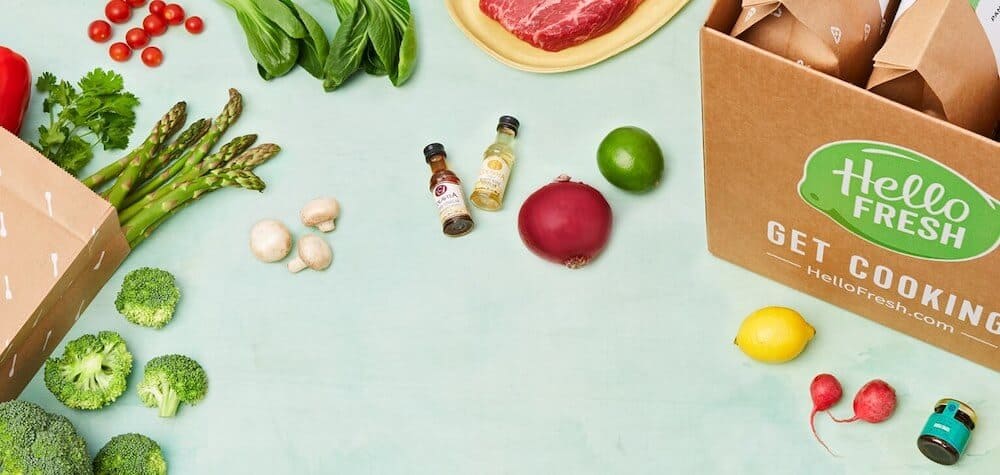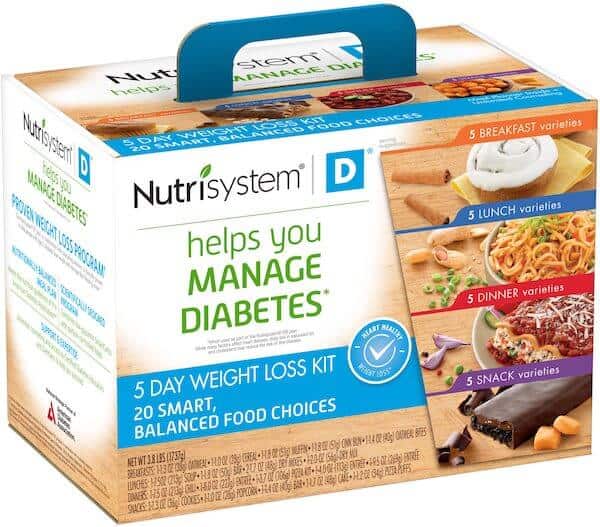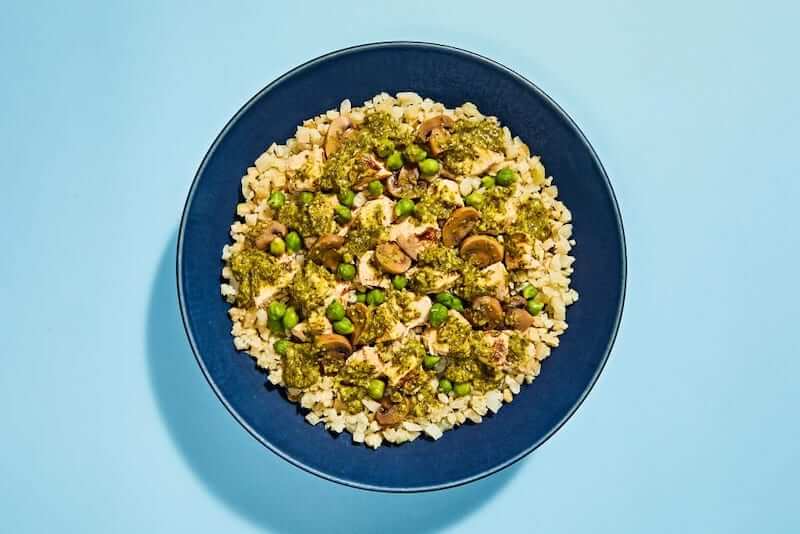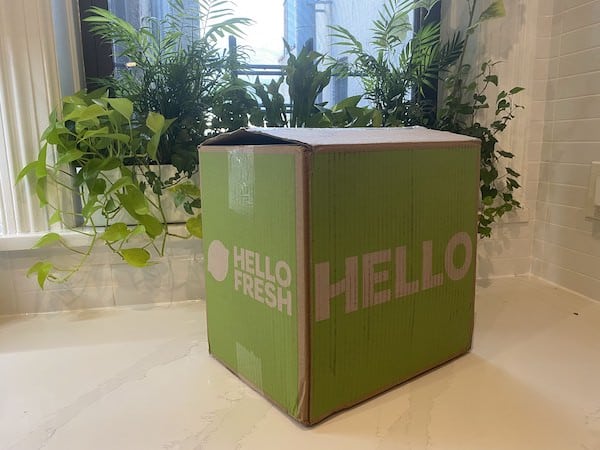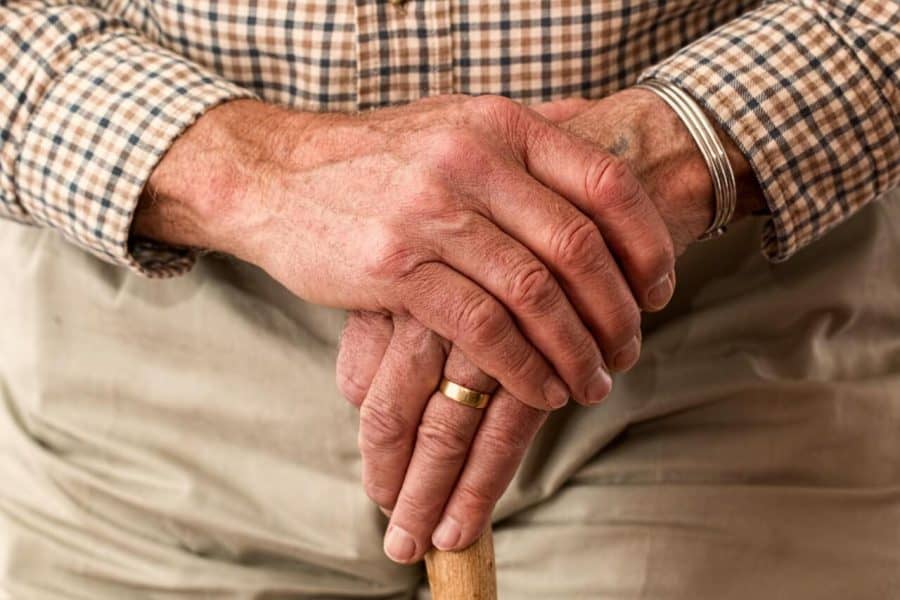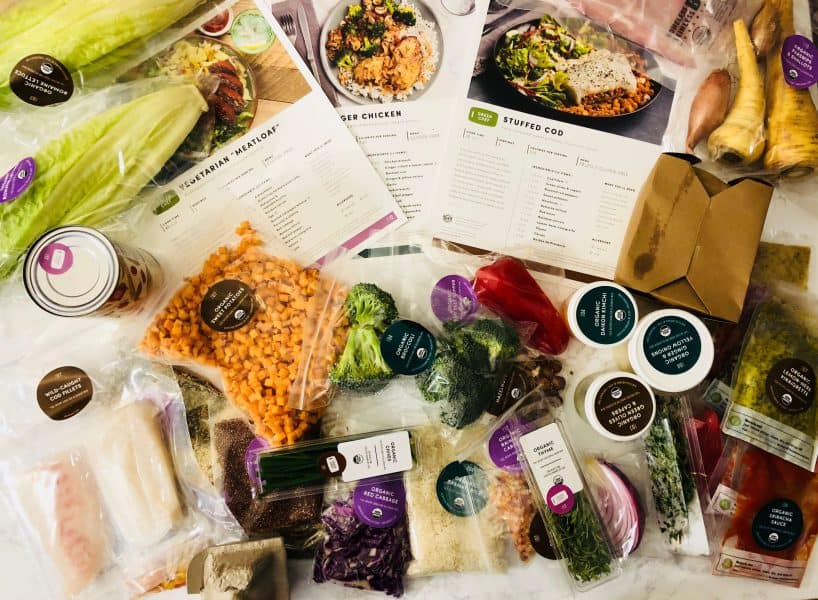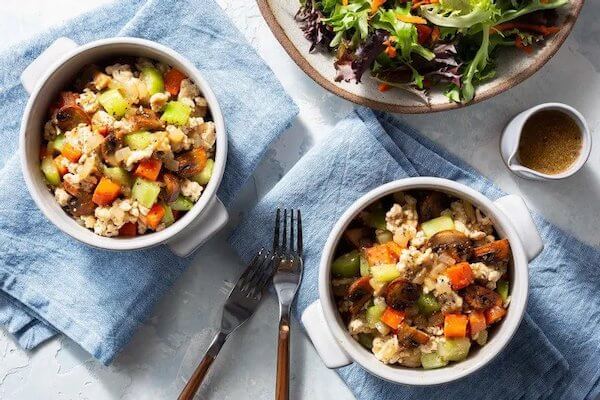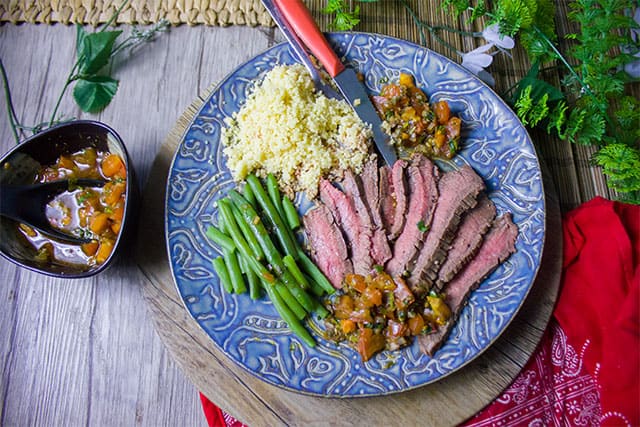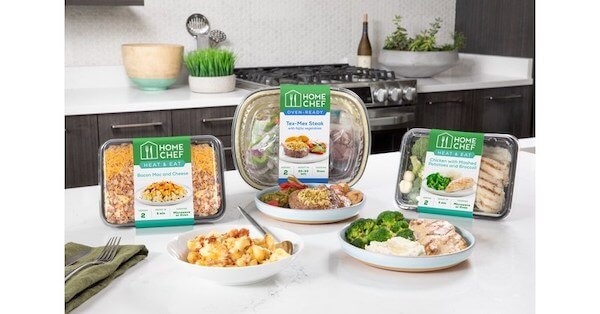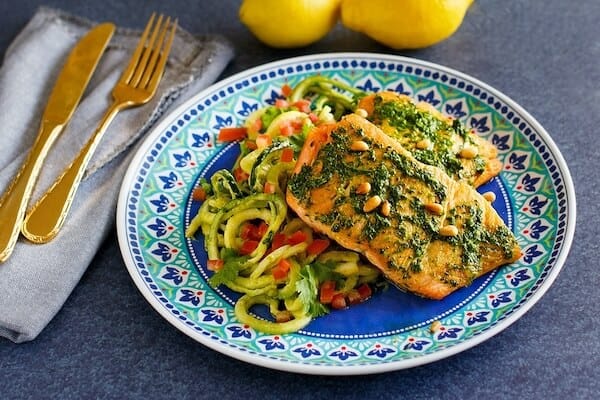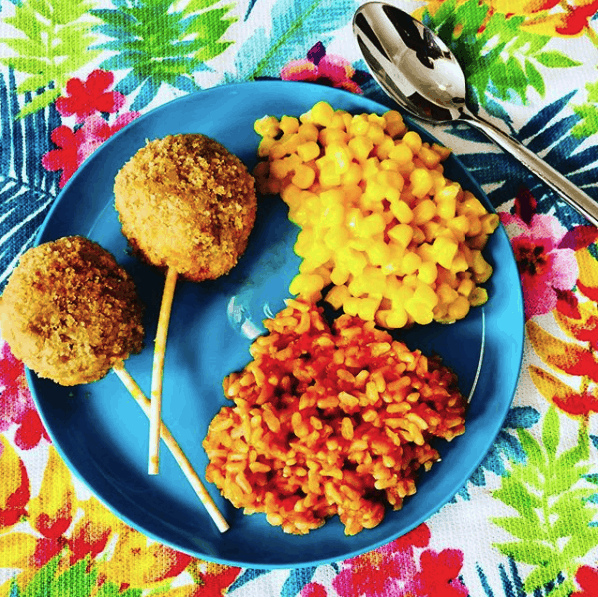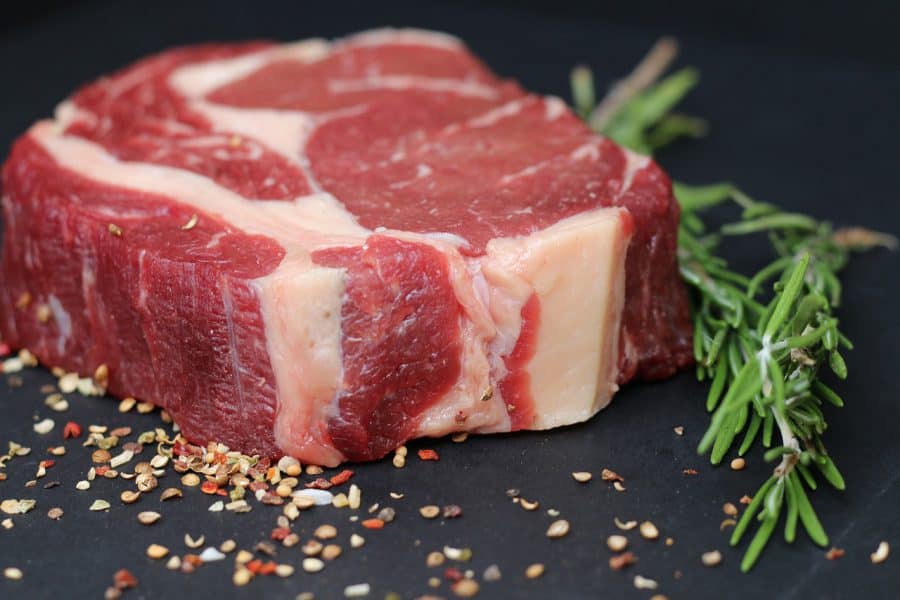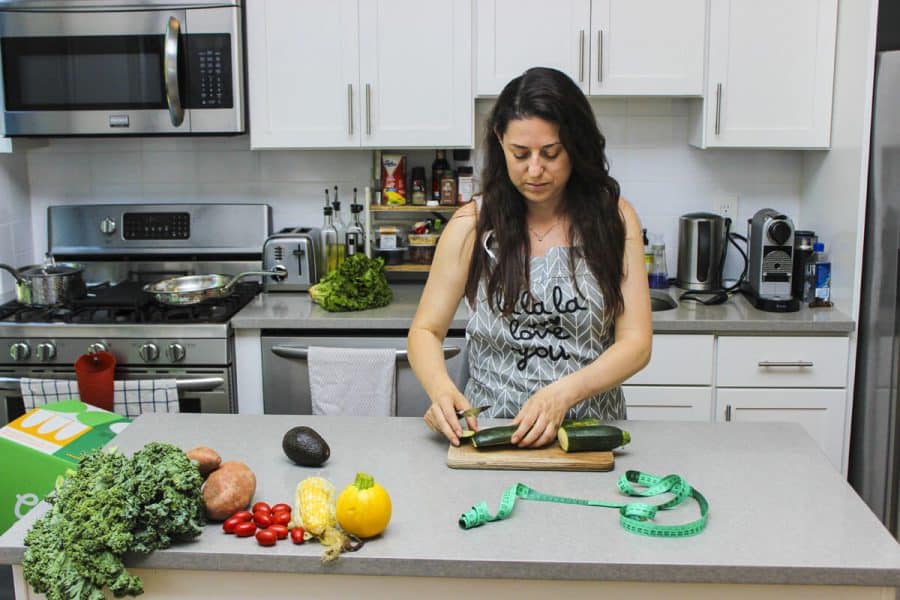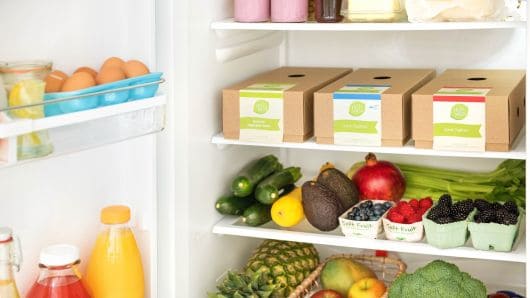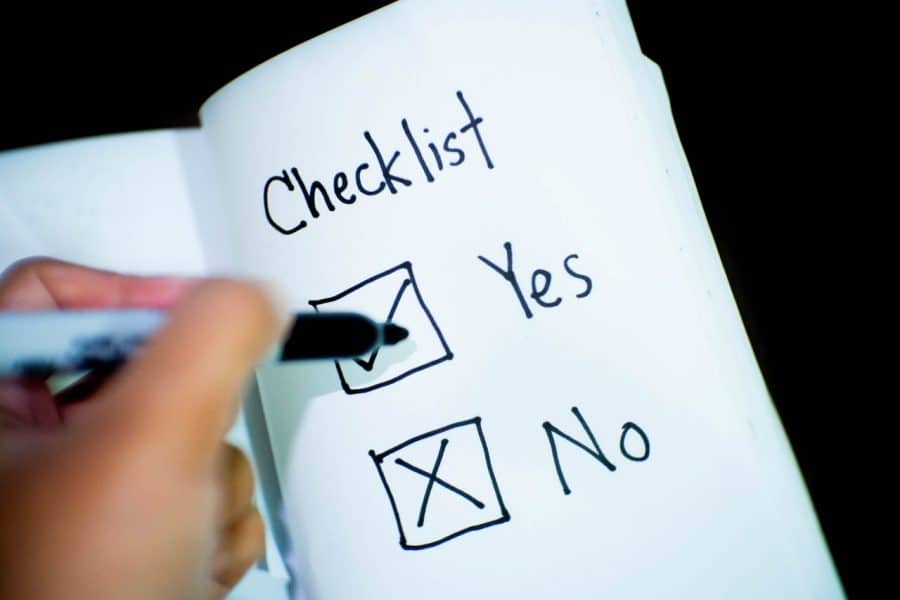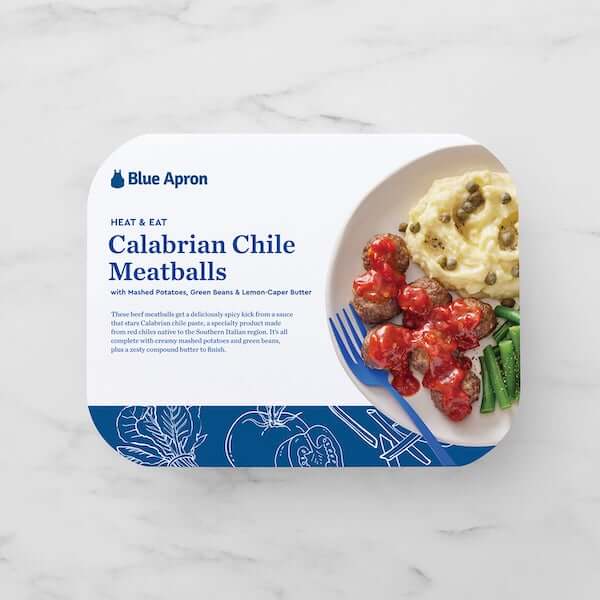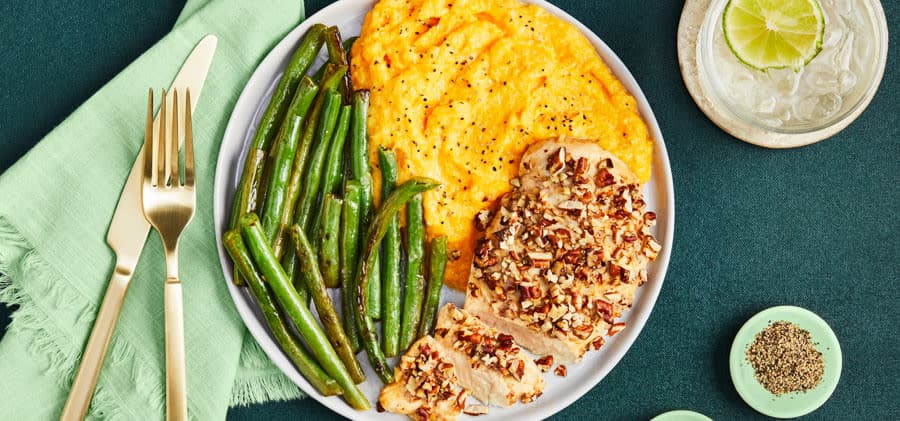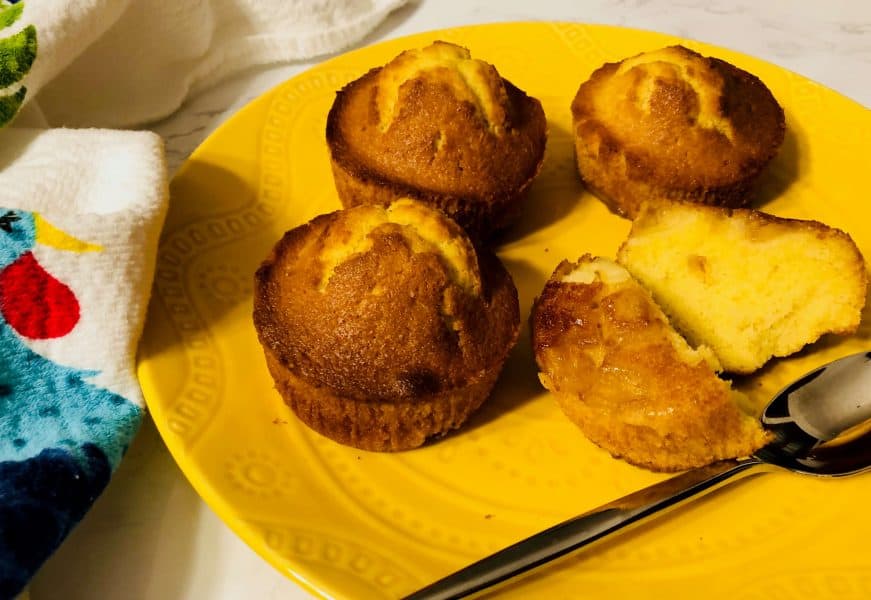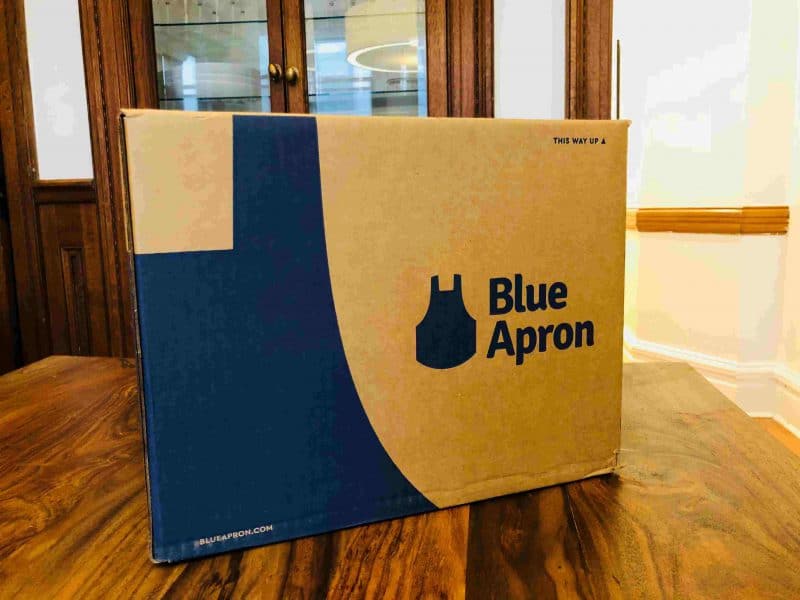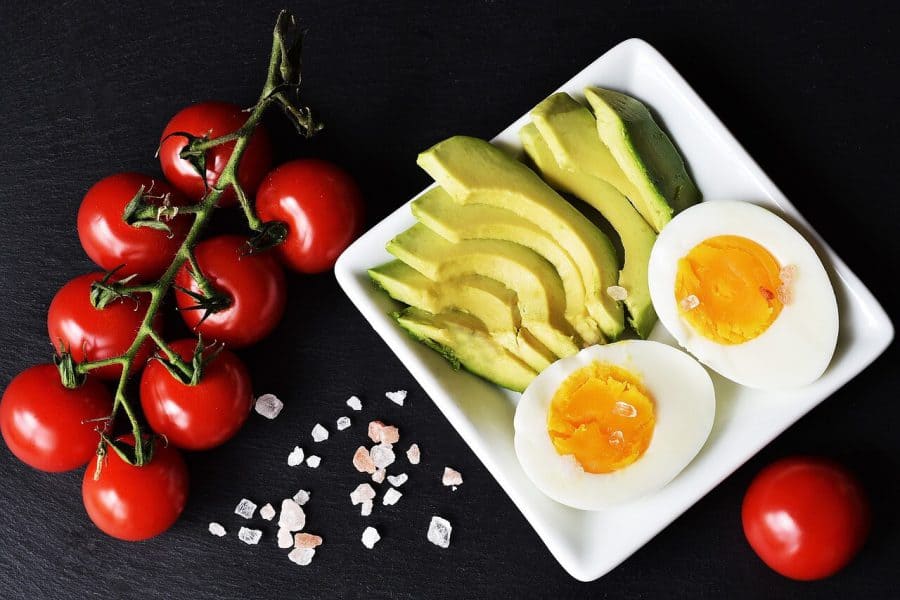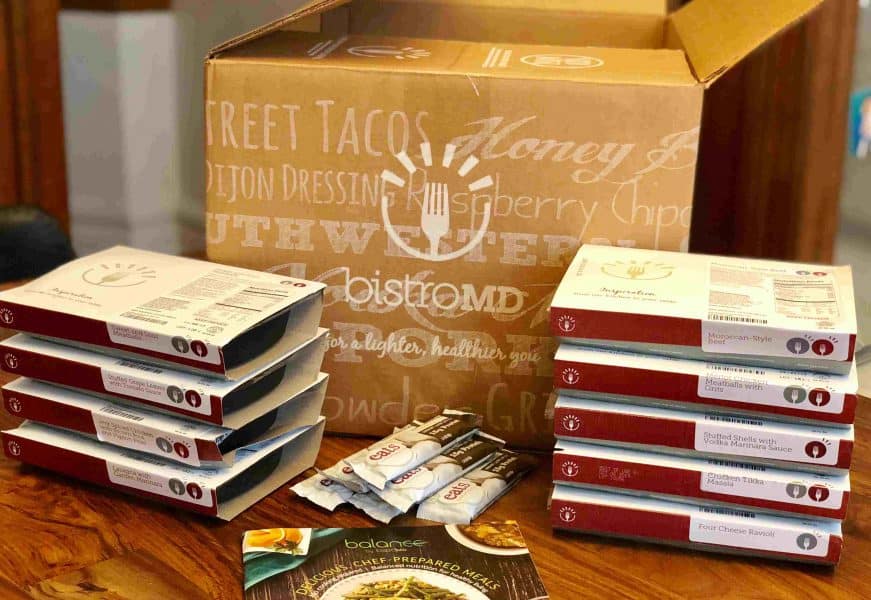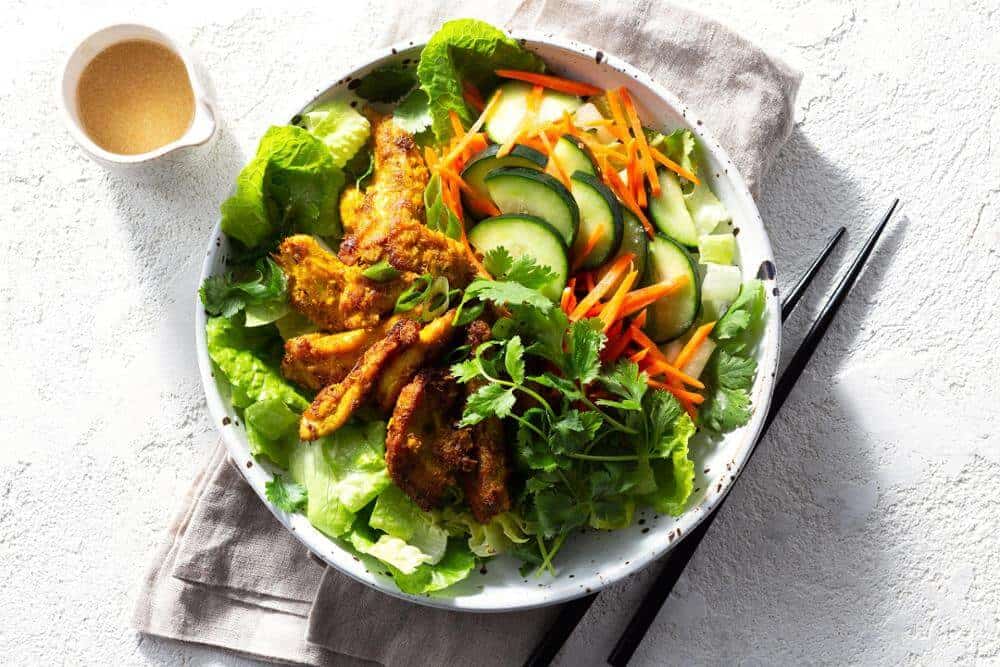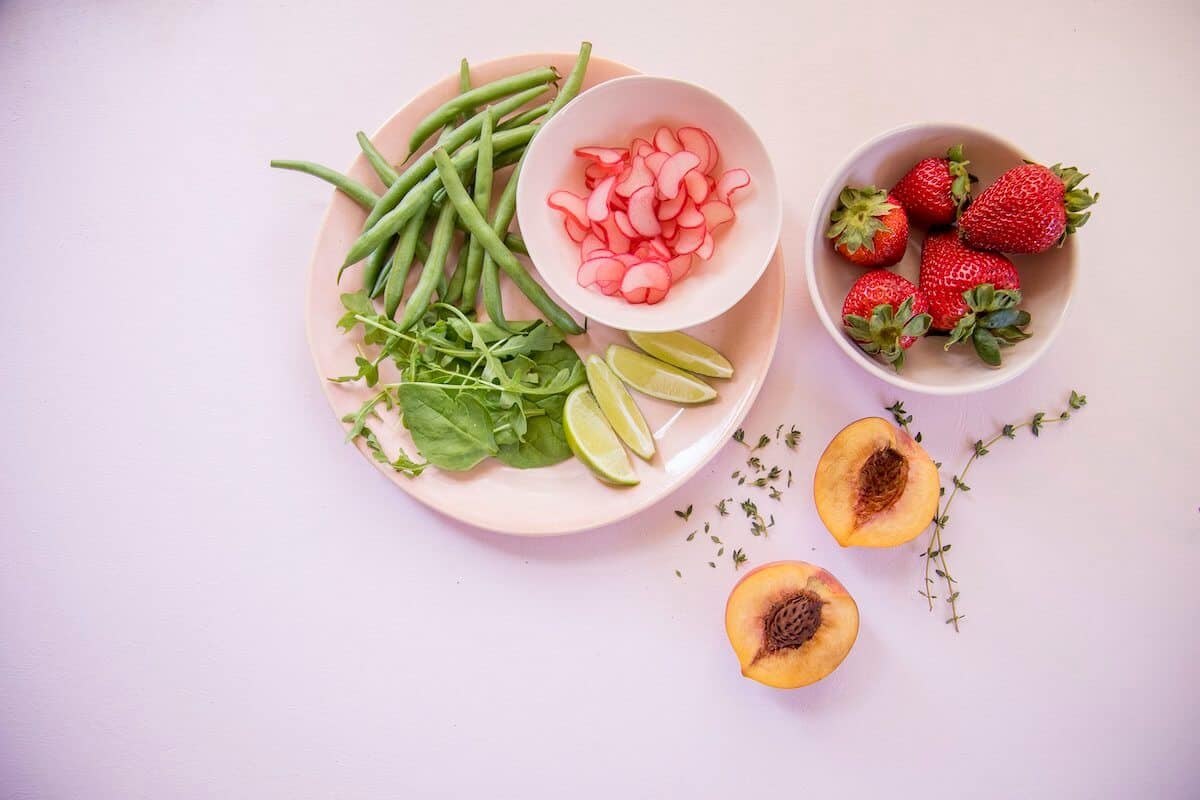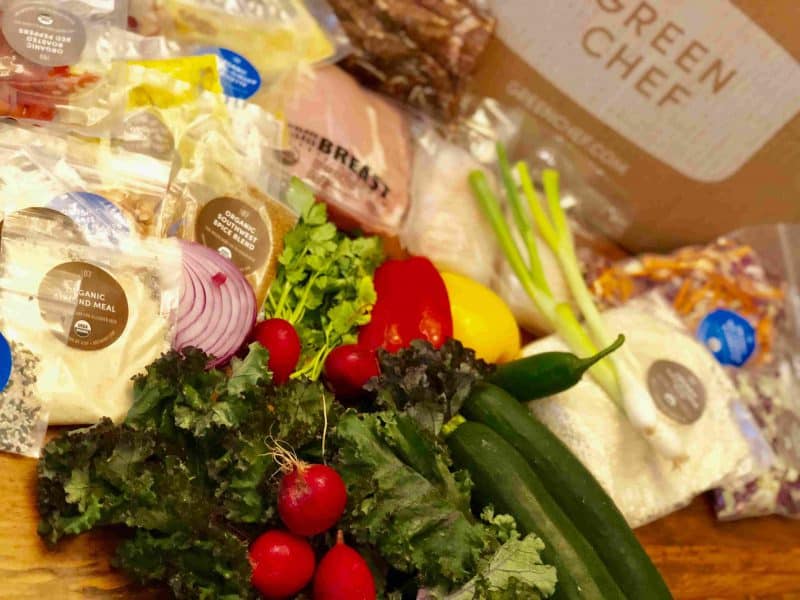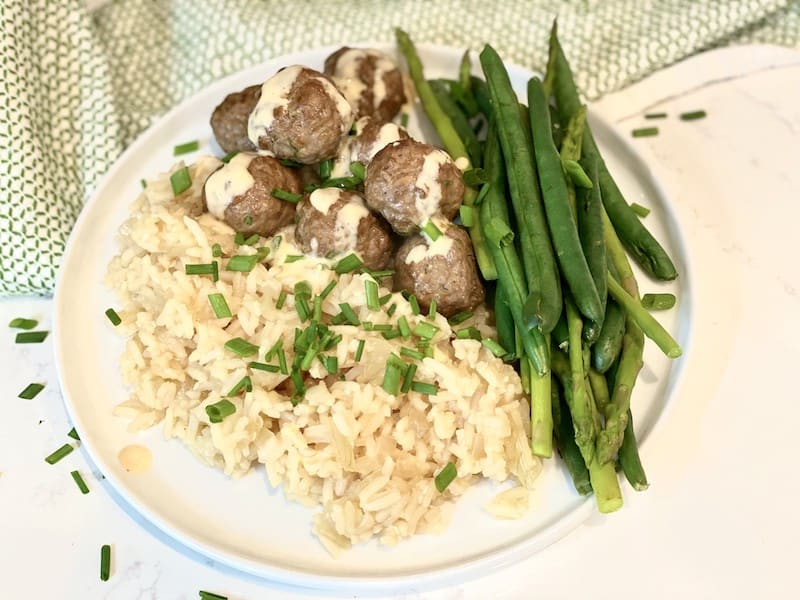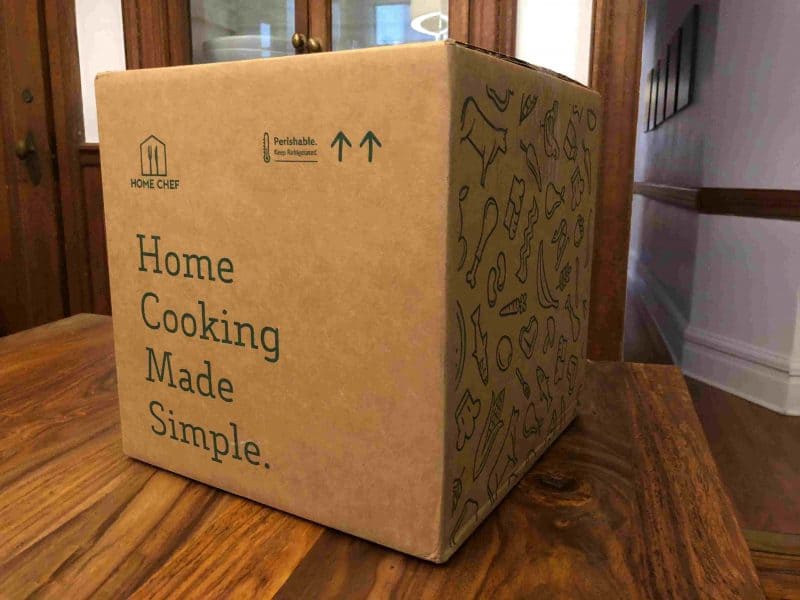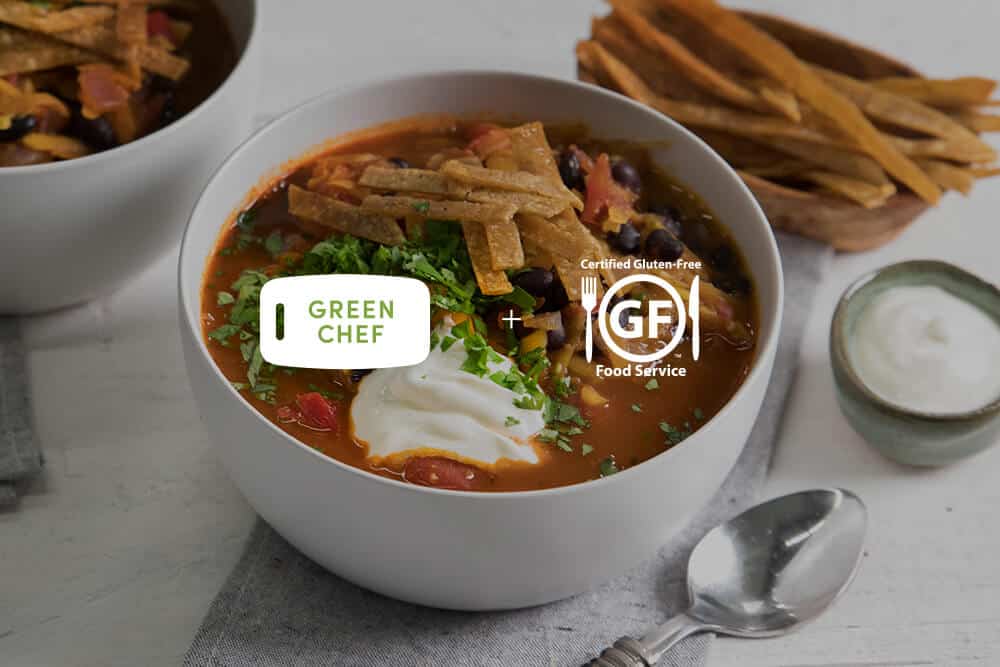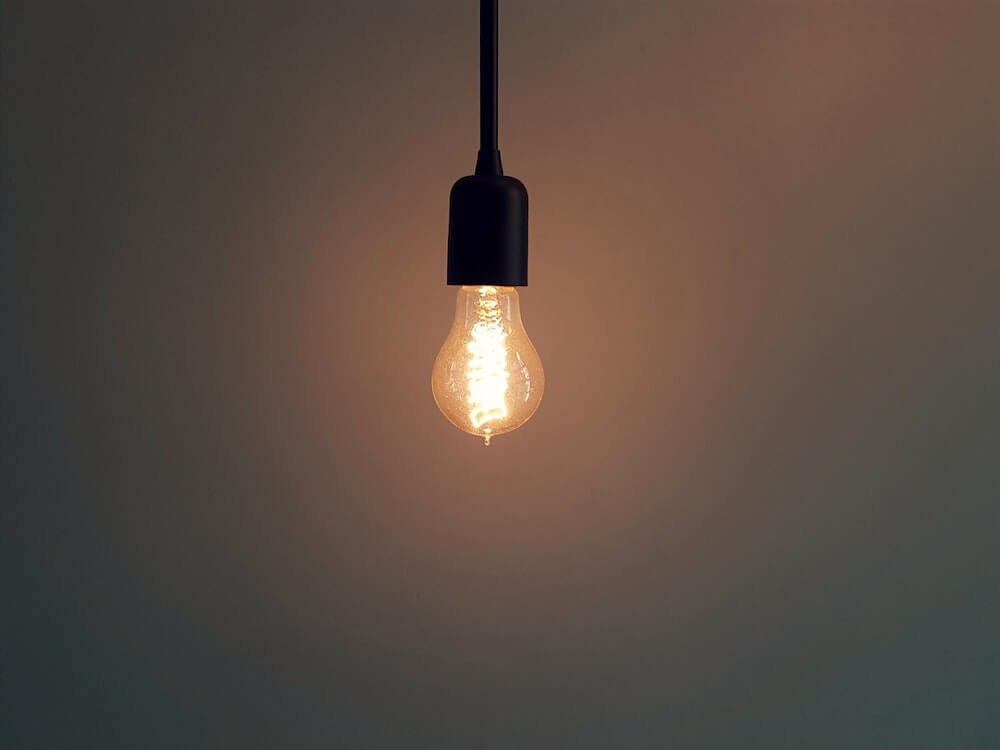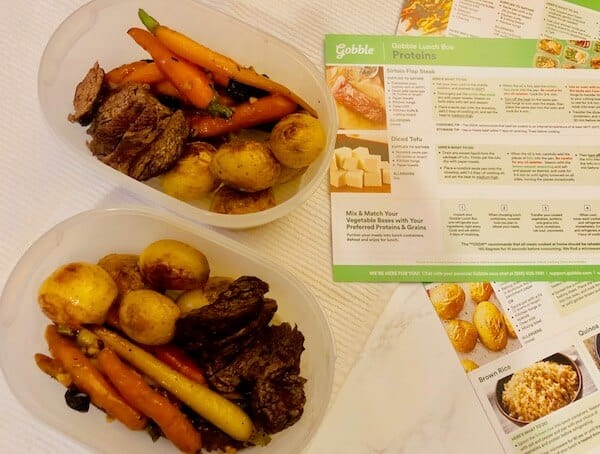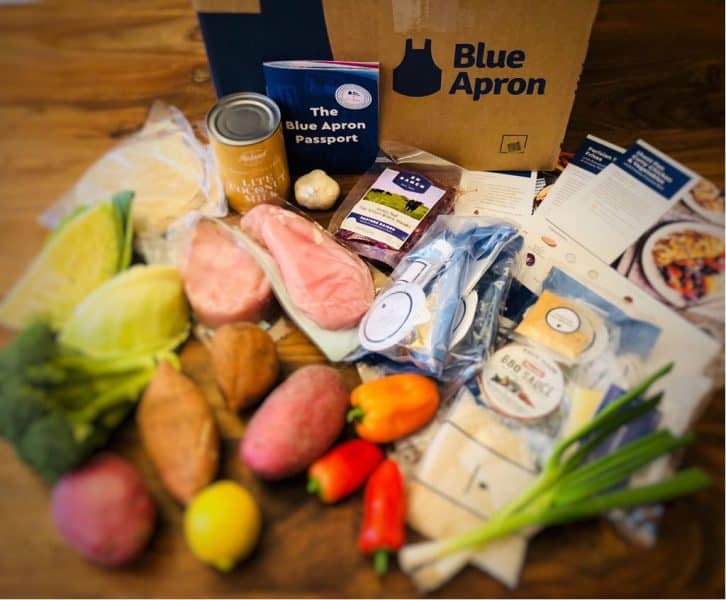A gluten-free diet is a diet that excludes gluten, a protein found in wheat, rye, and barley.
Gluten-free diets have been gaining popularity in the last few years because they are said to offer a variety of health benefits. However, there is some controversy over whether or not gluten-free diets are healthier than other diets.
In this blog post, we will discuss the benefits and disadvantages of gluten-free diets, as well as how to maintain one.
What Is Gluten-Free Diet?
A gluten-free diet is a diet that does not include the protein gluten. Gluten is found in wheat, rye, and barley. It is also found in some processed foods. People with celiac disease cannot eat gluten because it damages their small intestines.
A gluten-free diet is the only treatment for celiac disease. People with non-celiac gluten sensitivity also avoid gluten. They may have some of the same symptoms as people with celiac disease, but they do not have damage to their small intestines.
There are many gluten-free products available in stores and online. You can also buy gluten-free flours to make your own bread, pasta, and other foods.
The gluten-free diet is not a fad diet. It is a lifelong treatment for celiac disease and non-celiac gluten sensitivity. Avoiding gluten is the only way to manage these conditions.
In the last few years, this diet also gained lots of popularity not only for people with gluten sensitivity.
Talk to your doctor or a registered dietitian if you have questions about starting a gluten-free diet. They can help you figure out what foods to eat and how to stay healthy.
Benefits Of Gluten-Free Diet
When you go gluten-free, you may notice several changes in your overall health.
For some people, these changes are dramatic and happen quickly, while for others, they are more subtle and occur over time. But whether the changes are big or small, going gluten-free can have a significant impact on your health.
One of the most common changes people report is an improvement in their digestion. Digestive problems are a common symptom of celiac disease, and many people who go gluten-free find that their digestive symptoms improve dramatically.
Another common change is increased energy levels. This is likely because when you eat gluten, your body has to work hard to digest it, and this can lead to fatigue. When you remove gluten from your diet, your body has more energy to devote to other tasks.
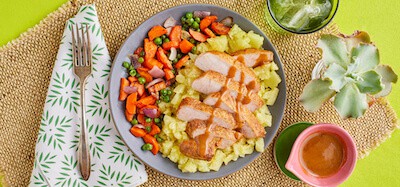
Weight loss is another common change people experience when they go gluten-free. This is because many people who eat a lot of gluten are eating a lot of processed foods as well, and these foods are often high in calories and low in nutrients. When you cut out gluten, you may also find yourself eating more whole, nutritious foods.
Going gluten-free can also help to clear up your skin. This is because many people with celiac disease or non-celiac gluten sensitivity have a condition called dermatitis herpetiformis, which causes a rash on the skin. Eliminating gluten can help to clear up this rash.
Disadvantages Of Gluten-Free Diet
There are a few disadvantages of following a gluten-free diet.
First, it can be difficult to find foods that are both gluten-free and nutritious. While there are more and more gluten-free products hitting store shelves every day, many of them are processed and lack the nutrients found in whole grains.
This is why it’s important to make sure you’re getting enough vitamins and minerals from other sources, such as fruits, vegetables, and lean protein.
Another downside to going gluten-free is that it can be expensive. Gluten-free products tend to cost more than their traditional counterparts, so you’ll need to budget accordingly.
Finally, following a gluten-free diet requires a lot of label reading and ingredient research.
You’ll need to become familiar with which foods contain gluten and which don’t, and make sure you’re avoiding the latter.
How To Maintain a Gluten-Free Diet?
There are a few things you can do to make sure you stick to your gluten-free diet.
First, learn as much as you can about the disease and what foods to avoid. The more you know, the easier it will be to stay on track.
Second, stock your kitchen with gluten-free staples and snacks so you always have something to eat.
Third, eat out at restaurants that accommodate your diet. And finally, don’t be afraid to ask questions.
If you’re ever unsure about food, it’s better to err on the side of caution and avoid it. By following these tips, you can maintain a healthy and delicious gluten-free diet.
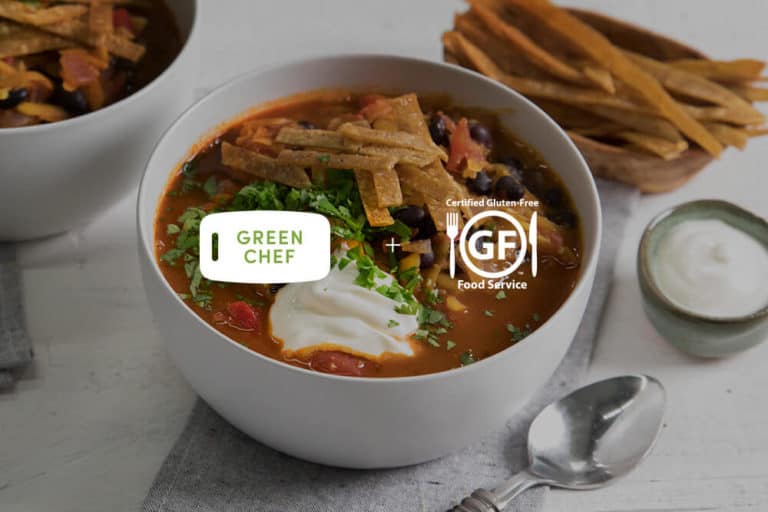
Recipes For a Gluten-Free Diet
Many delicious recipes can be made without using gluten. Gluten is a protein found in wheat, rye, and barley. When you are on a gluten-free diet, you will need to avoid all foods that contain gluten.
However, there are still many tasty and nutritious foods that you can eat. Here are some great recipes for a gluten-free diet:
Main dishes: There are plenty of delicious options for main dishes that are naturally gluten-free, such as grilled meat, chicken or fish, roasted vegetables, mashed potatoes, quinoa bowls, rice bowls, and more.
Soups and salads: These are typically very easy to make gluten-free by simply avoiding ingredients like croutons or pasta.
Desserts: There are many types of gluten-free desserts that you can enjoy, such as fruit crisps, cookies or brownies with gluten-free flour, no flour chocolate cake, and more.
Sheet Pan Chickpea Chicken
Instructions
- 1 15.5-oz can of chickpeas, rinsed
- 1 16-oz bag mini sweet peppers
- 2 tbsp. olive oil, divided
- Kosher salt and pepper
- 2 tbsp. harissa sauce
- 4 small skin-on chicken legs (about 2 1/2 pounds)
- Chopped cilantro, for serving
Instructions
- Heat oven to 425°F. On large rimmed baking sheet, toss chickpeas and peppers with 1 Tbsp oil and ¼ tsp each salt and pepper.
- In a small bowl, whisk together harissa and 1 Tbsp oil. Rub chicken with harissa mixture. Nestle among chickpeas and peppers and roast until chicken is golden brown and cooked through, 20 to 25 minutes.
- Toss with cilantro before serving.
Cream of Mushroom Soup
INGREDIENTS
- 2 tbsp. olive oil, divided
- 2 lb. mushrooms, sliced
- 2 medium onions, finely chopped (about 3 cups)
- 3 cloves garlic, finely chopped
- 1 tbsp. fresh thyme leaves
- 1 15-oz can cannellini beans, rinsed
- 4 c. reduced-sodium vegetable broth
- 1 to 2 tbsp. balsamic vinegar
- Kosher salt and pepper
- Chopped parsley for serving
Instructions
- Heat 1 tablespoon oil in a Dutch oven on medium-high. Add mushrooms and cook, without touching, for 4 minutes. Toss and continue cooking, stirring occasionally, until mushrooms release their liquid and it is nearly evaporated 15 to 20 minutes. more. Set aside 3 tablespoons of mushrooms.
- Add remaining Tablespoon oil, onion, garlic, and thyme; cook, stirring occasionally, for 6 minutes. Add beans and broth and simmer for 5 minutes.
- Remove from heat and, using an immersion blender, puree soup, leaving bits and pieces of mushroom throughout for texture.
- Stir in vinegar and ½ tsp each salt and pepper. Serve with reserved mushrooms and parsley.
Top 3 Gluten Free Meal Kit Delivery Services

Conclusion
A gluten-free diet is a healthy option for many people. It can provide many benefits, including better digestion, more energy, and fewer sick days.
With a little planning, a gluten-free diet can be affordable and easy to stick to.
There are many delicious recipes available online and in cookbooks that are specifically designed for a gluten-free diet.

